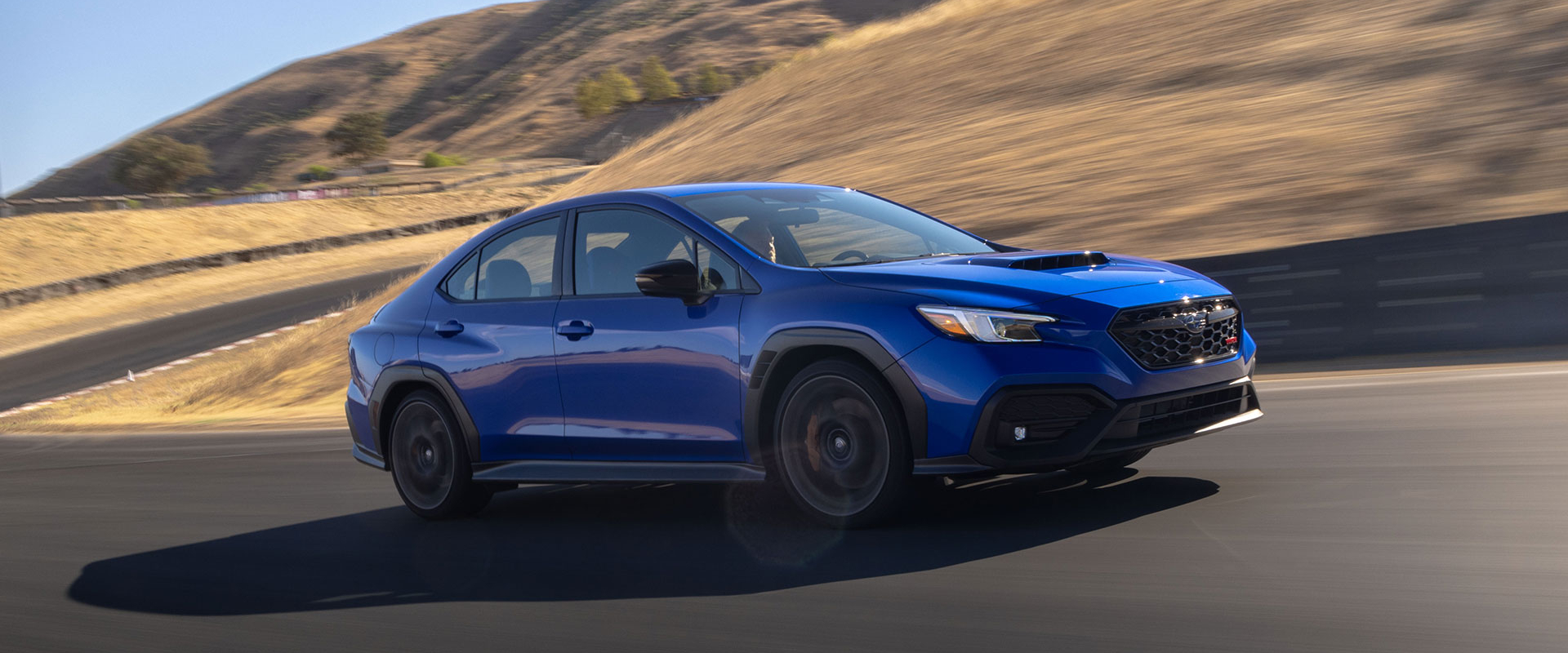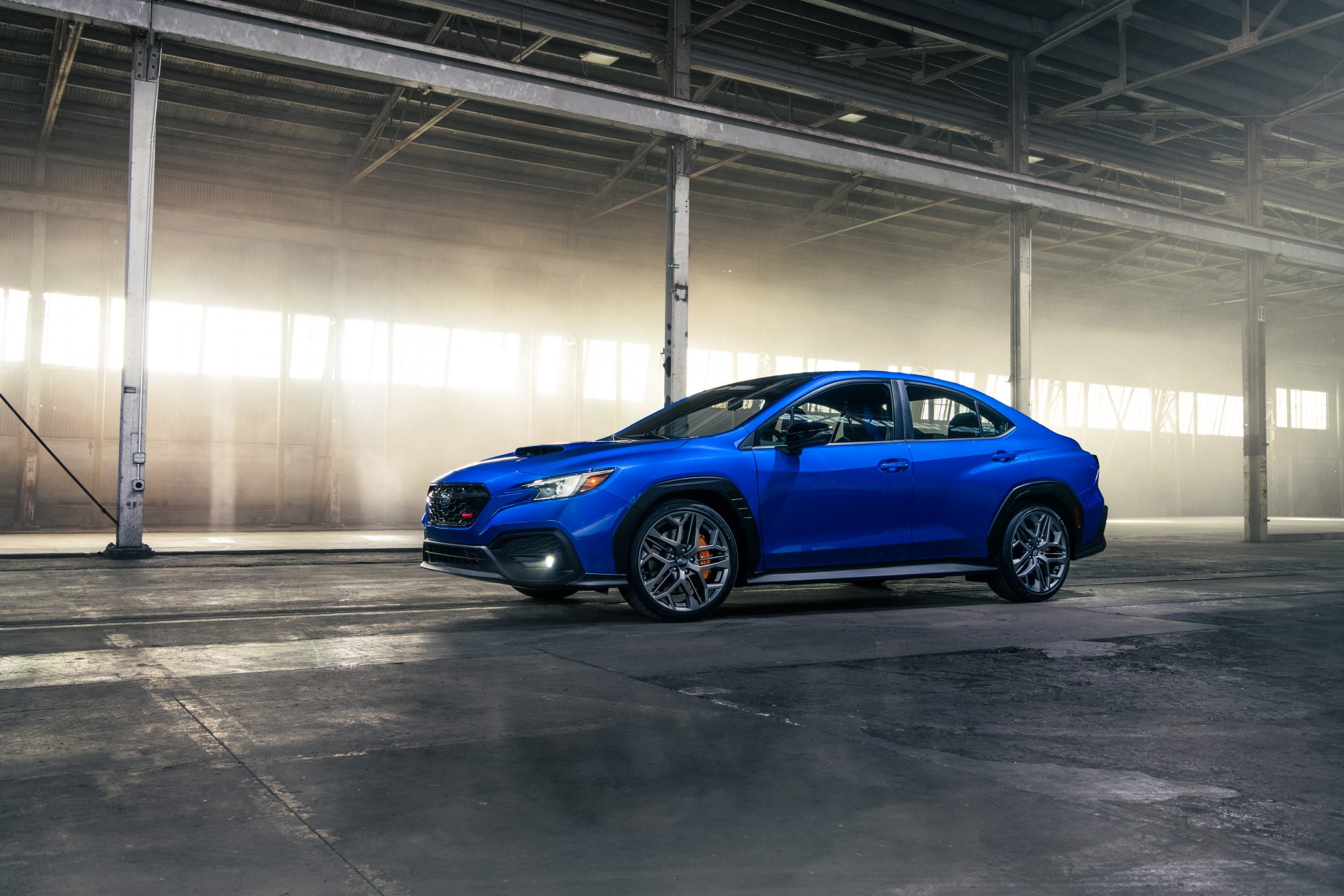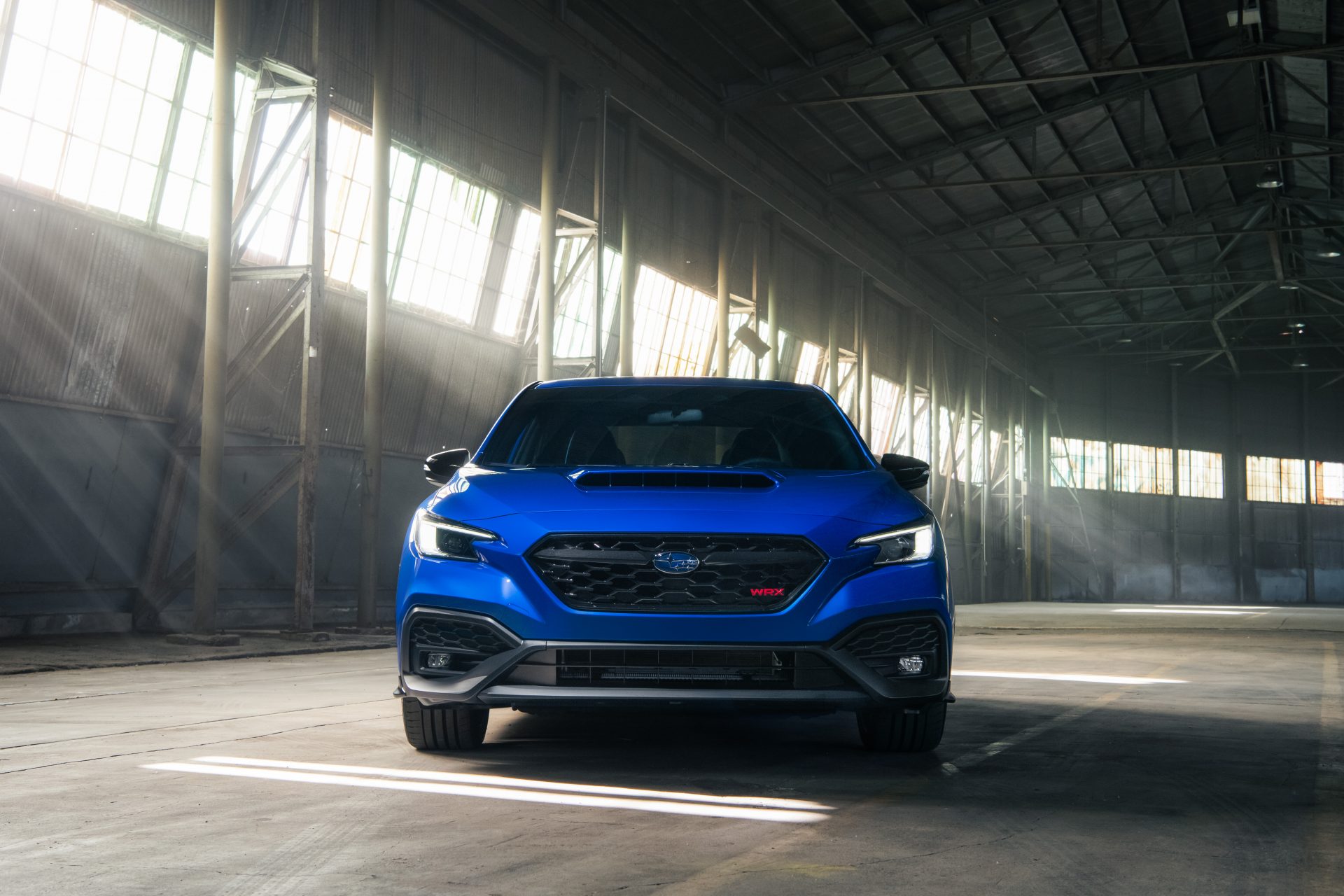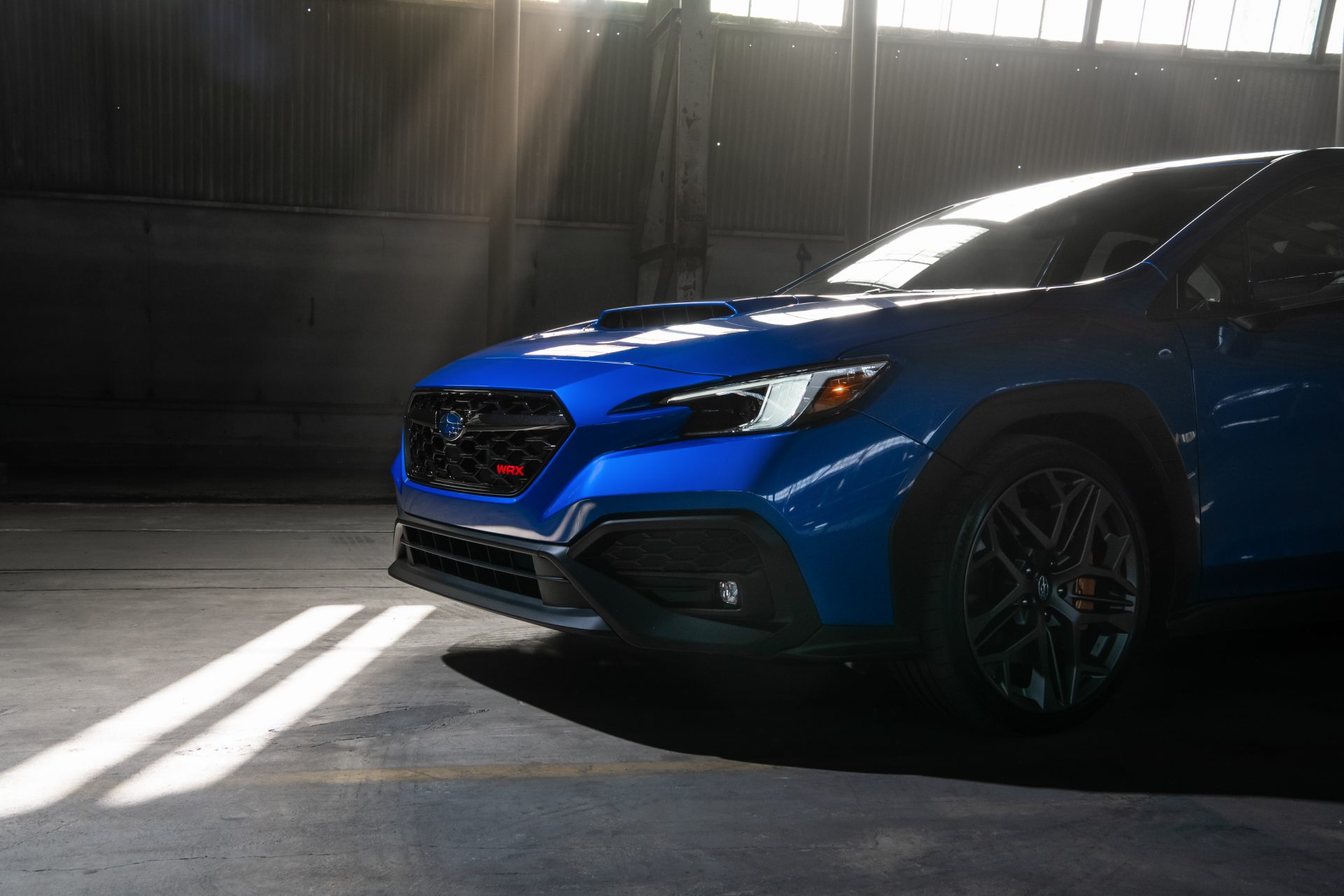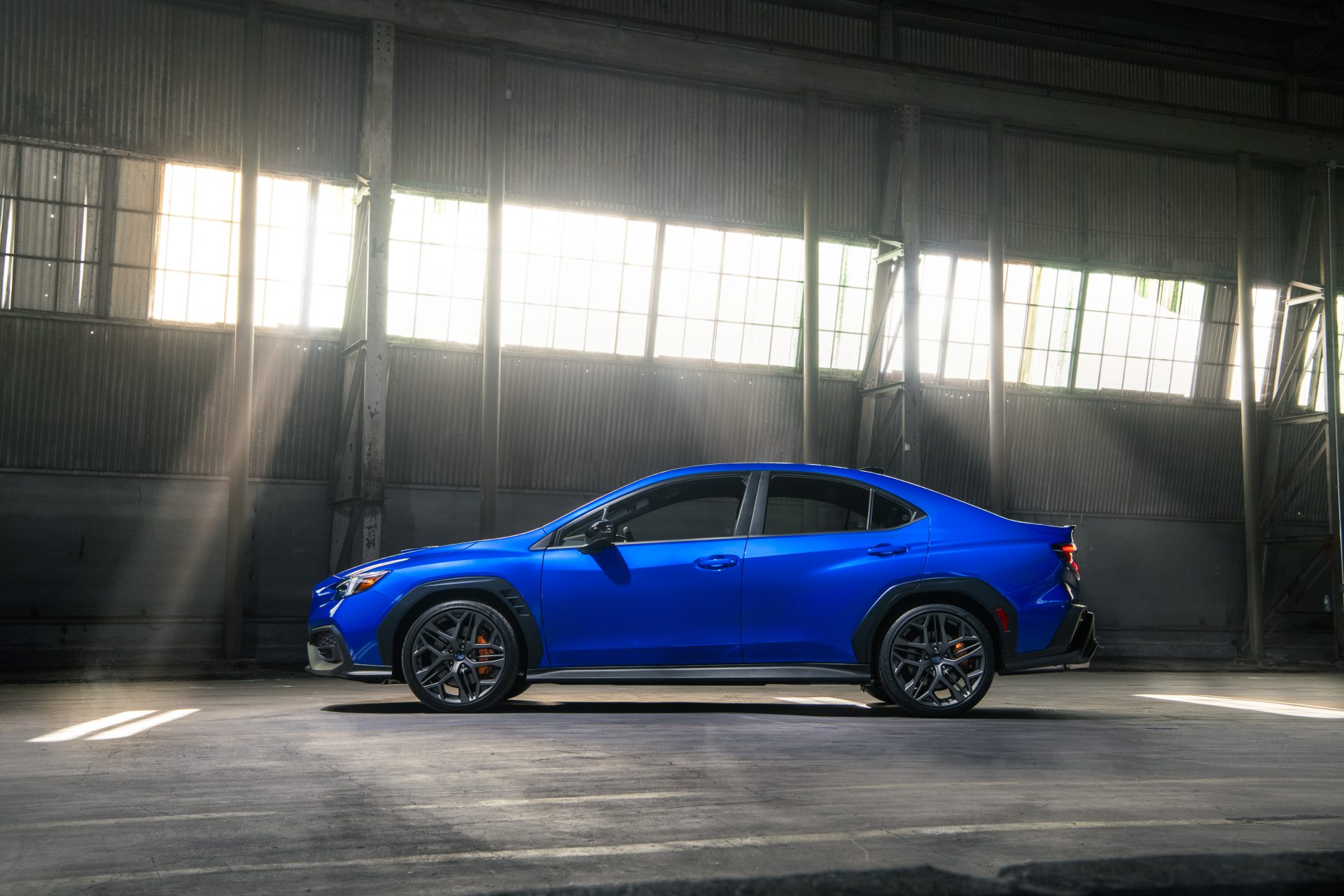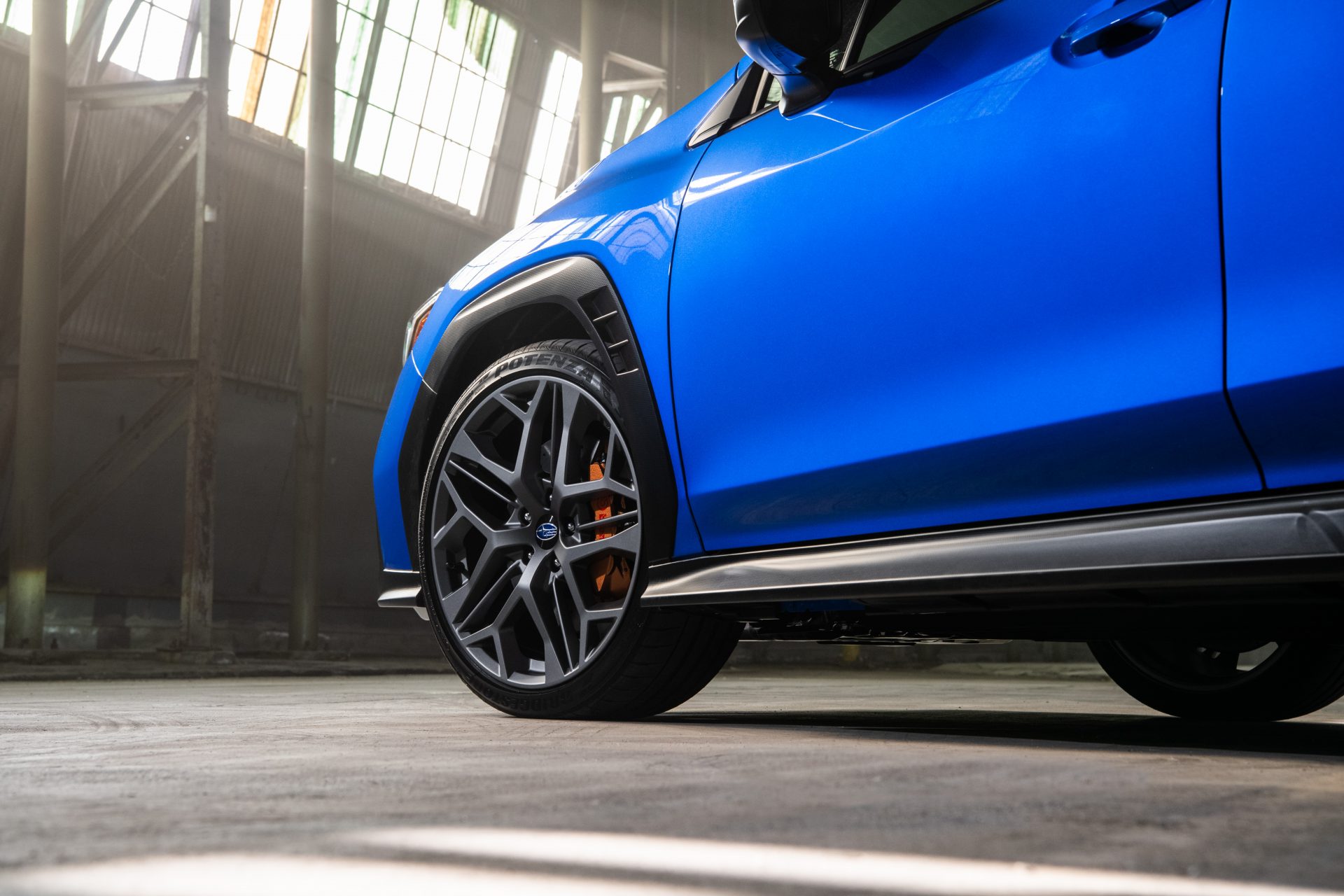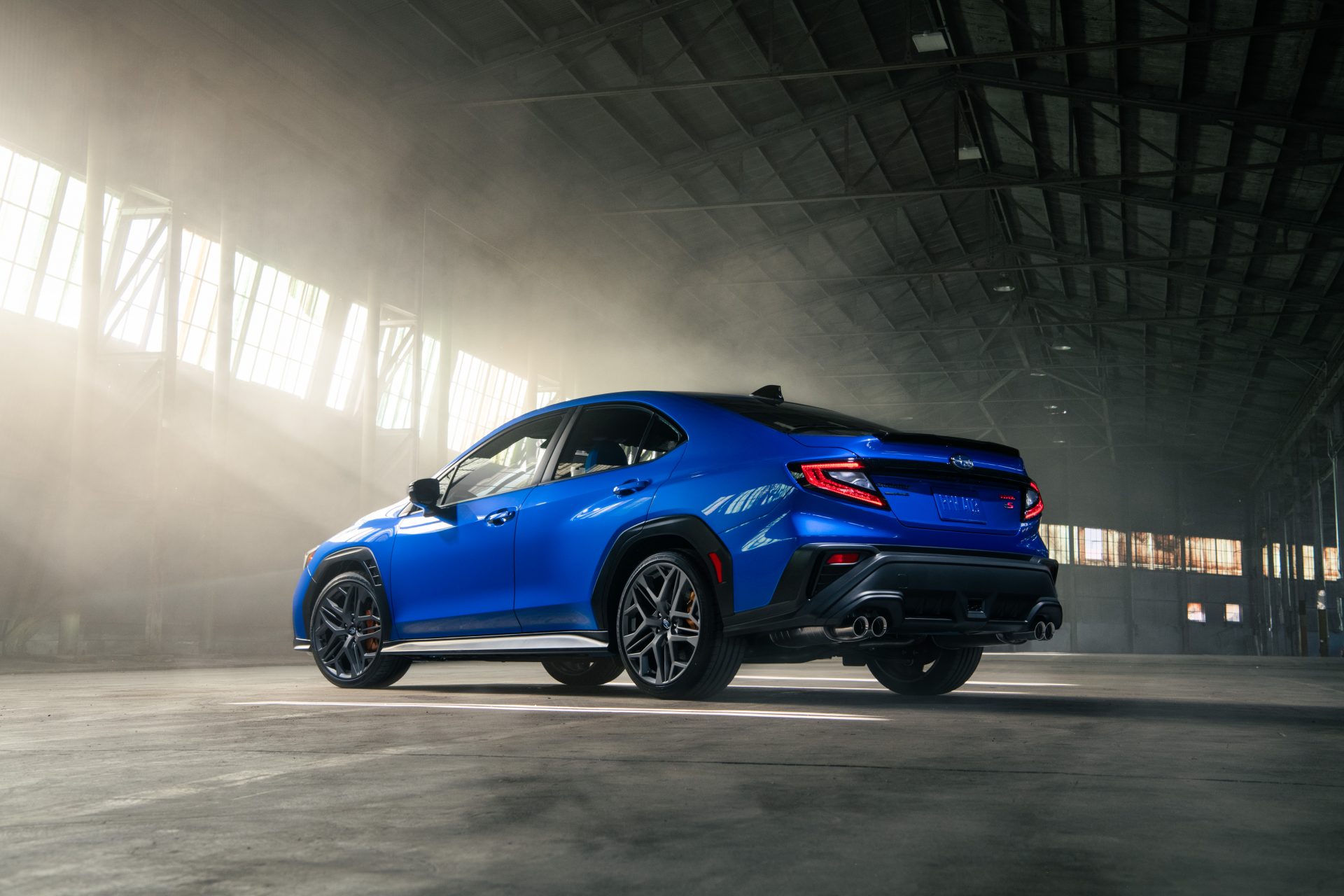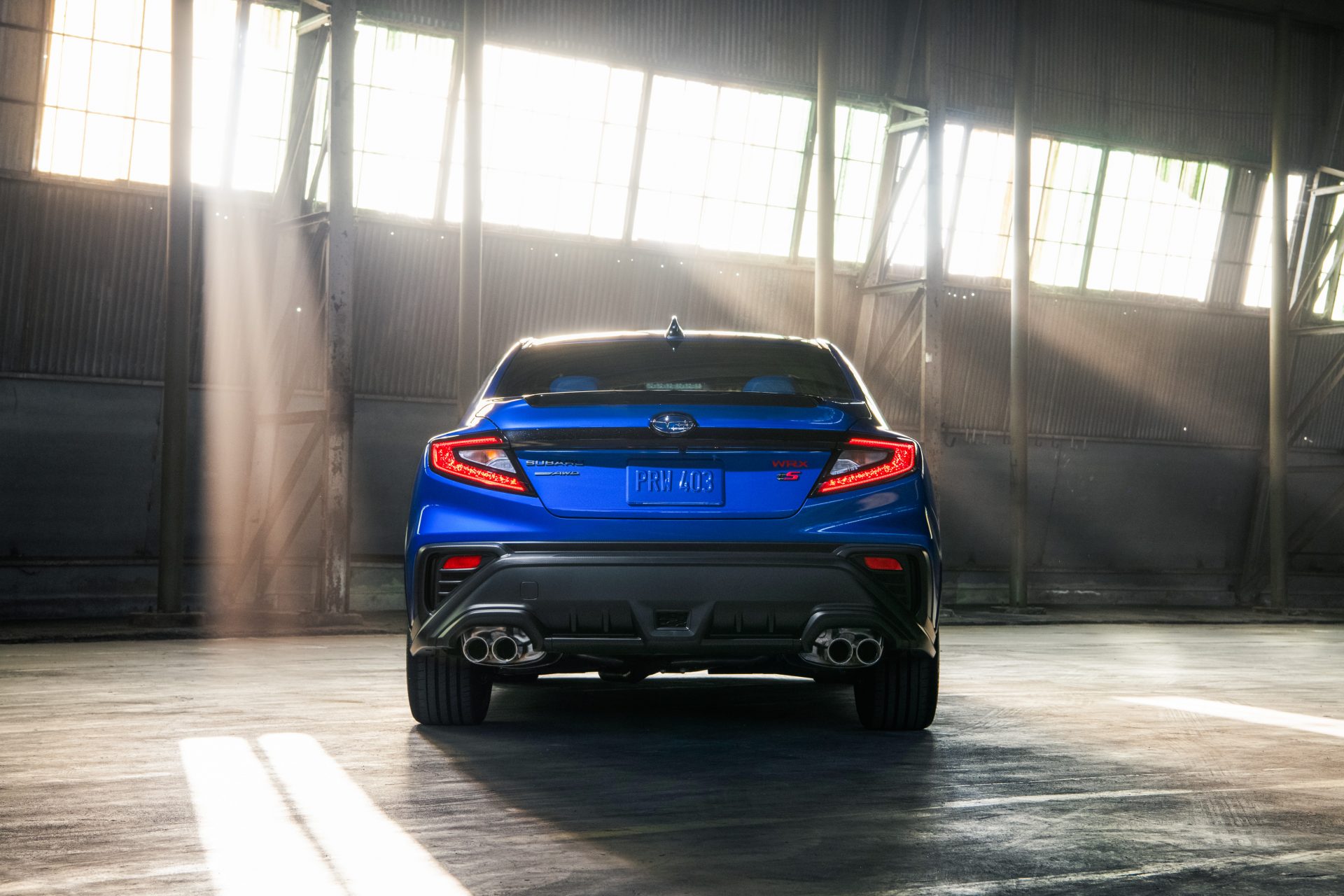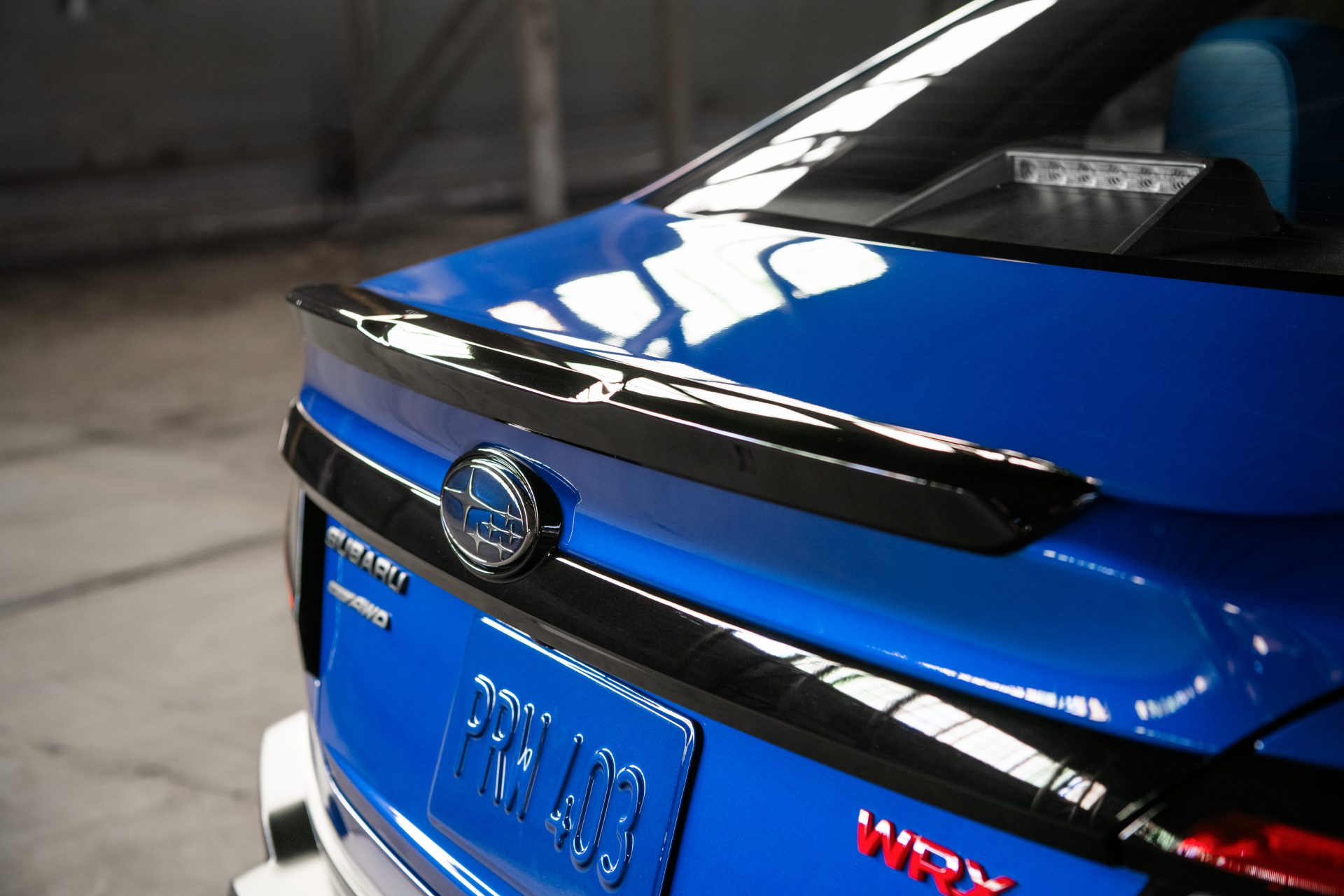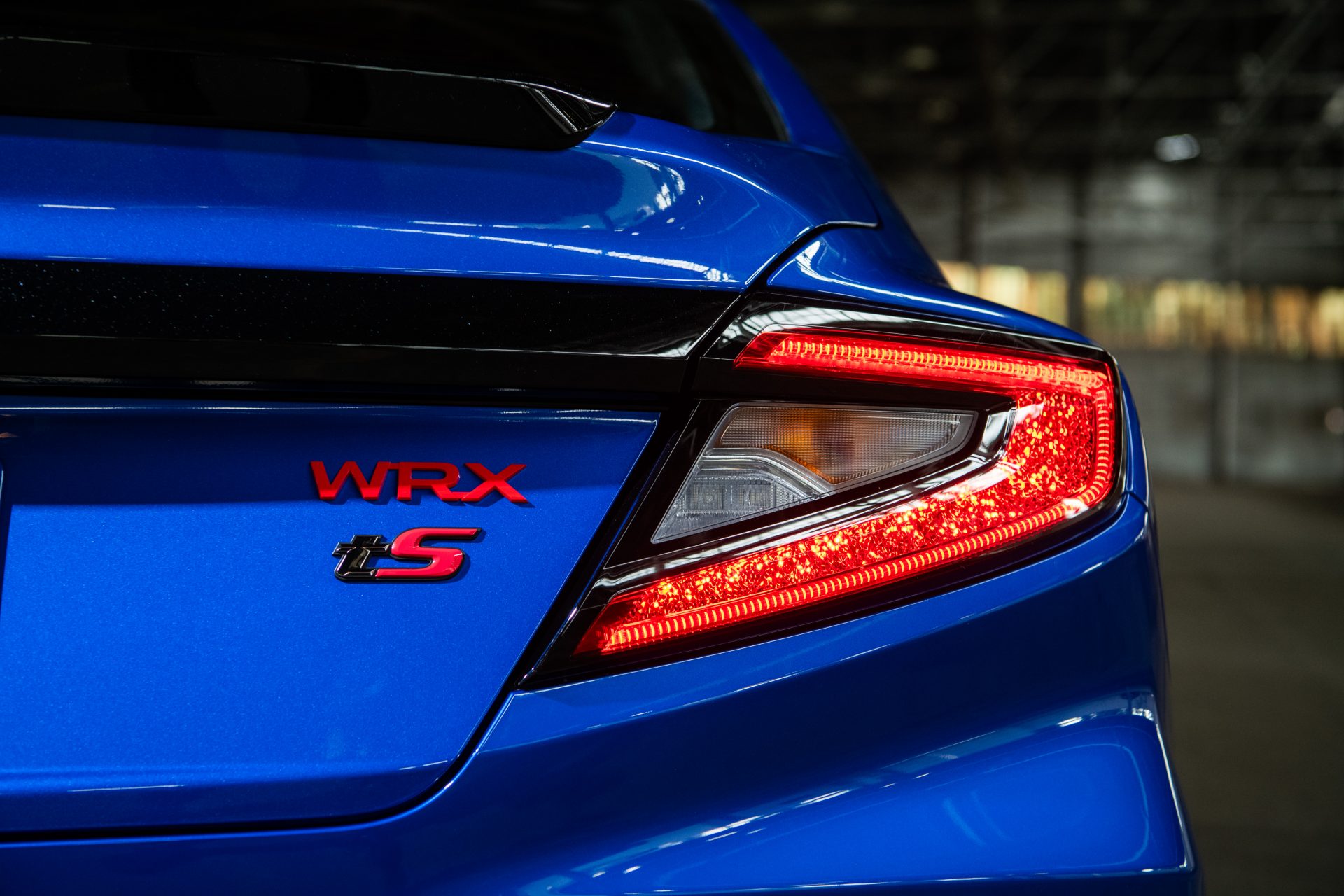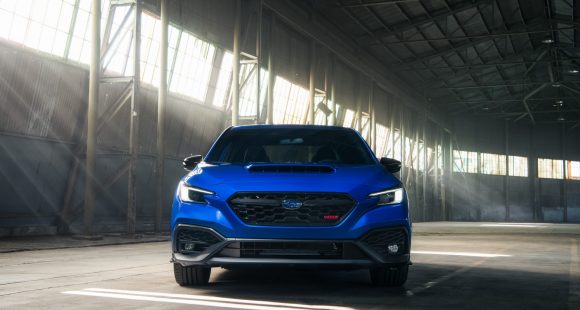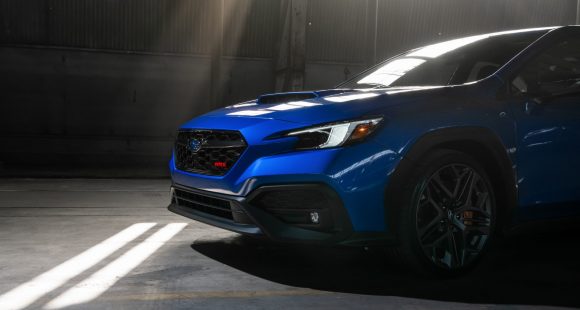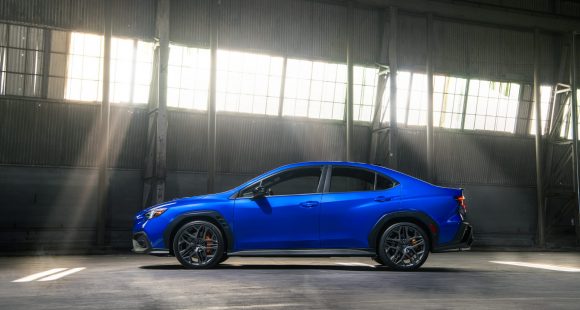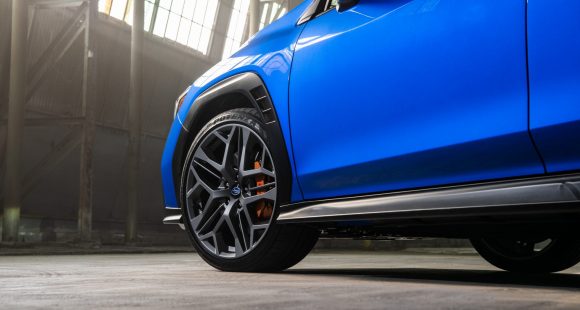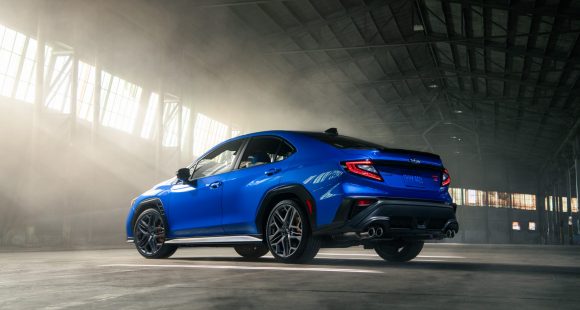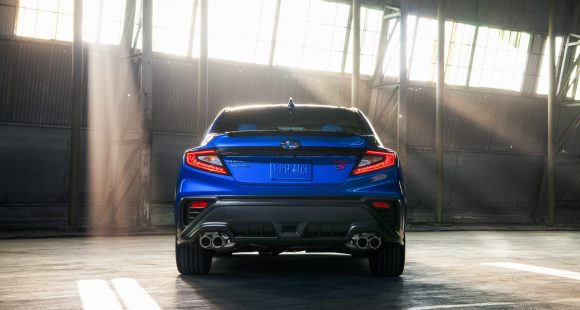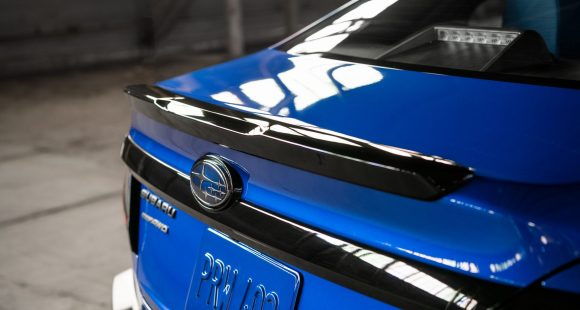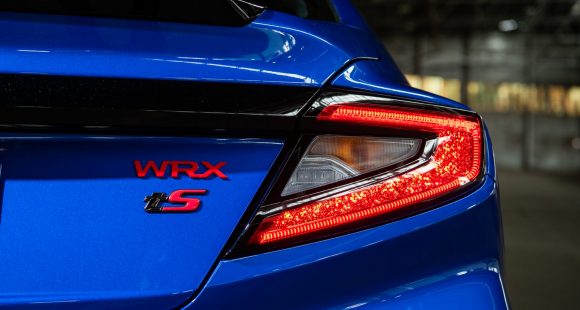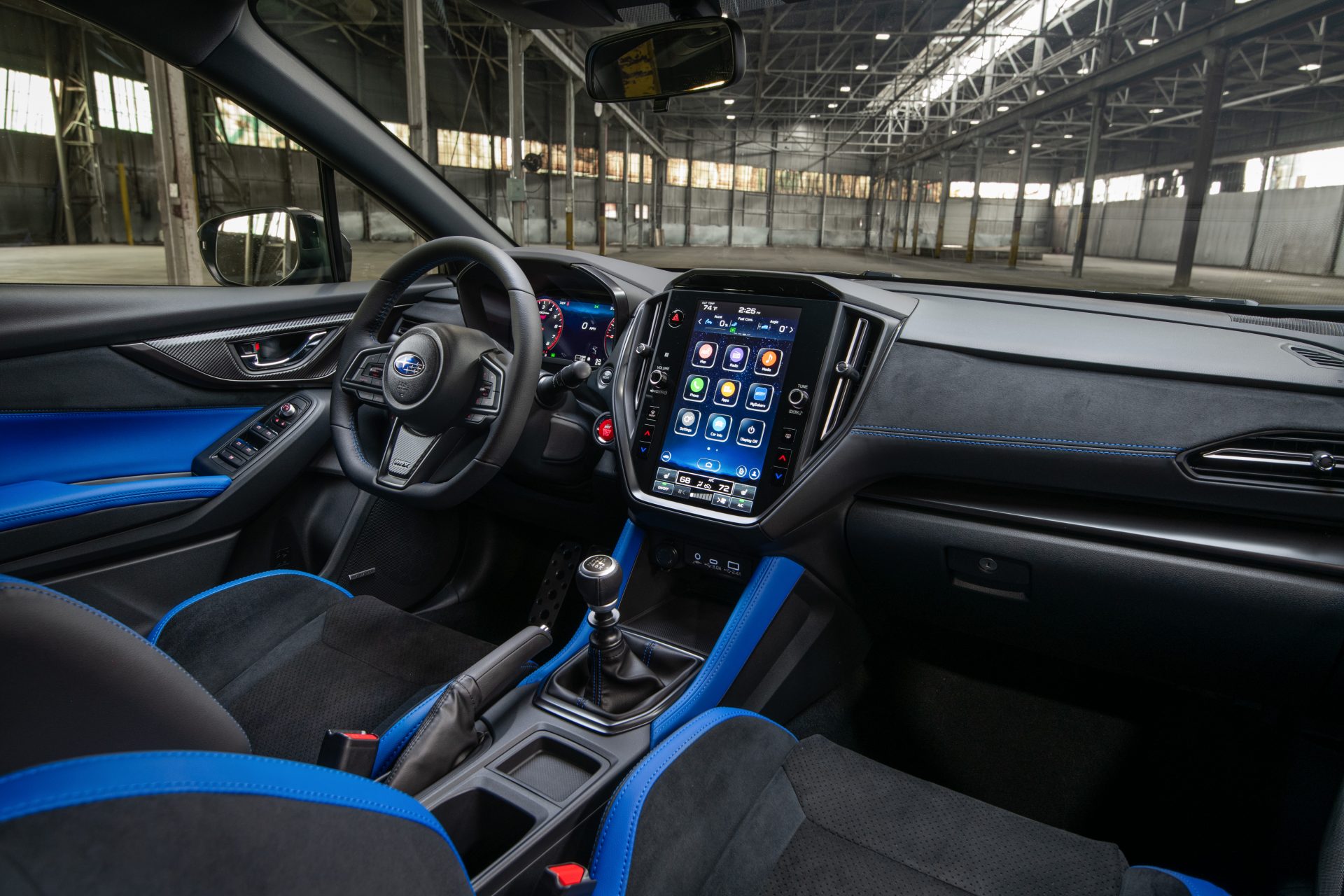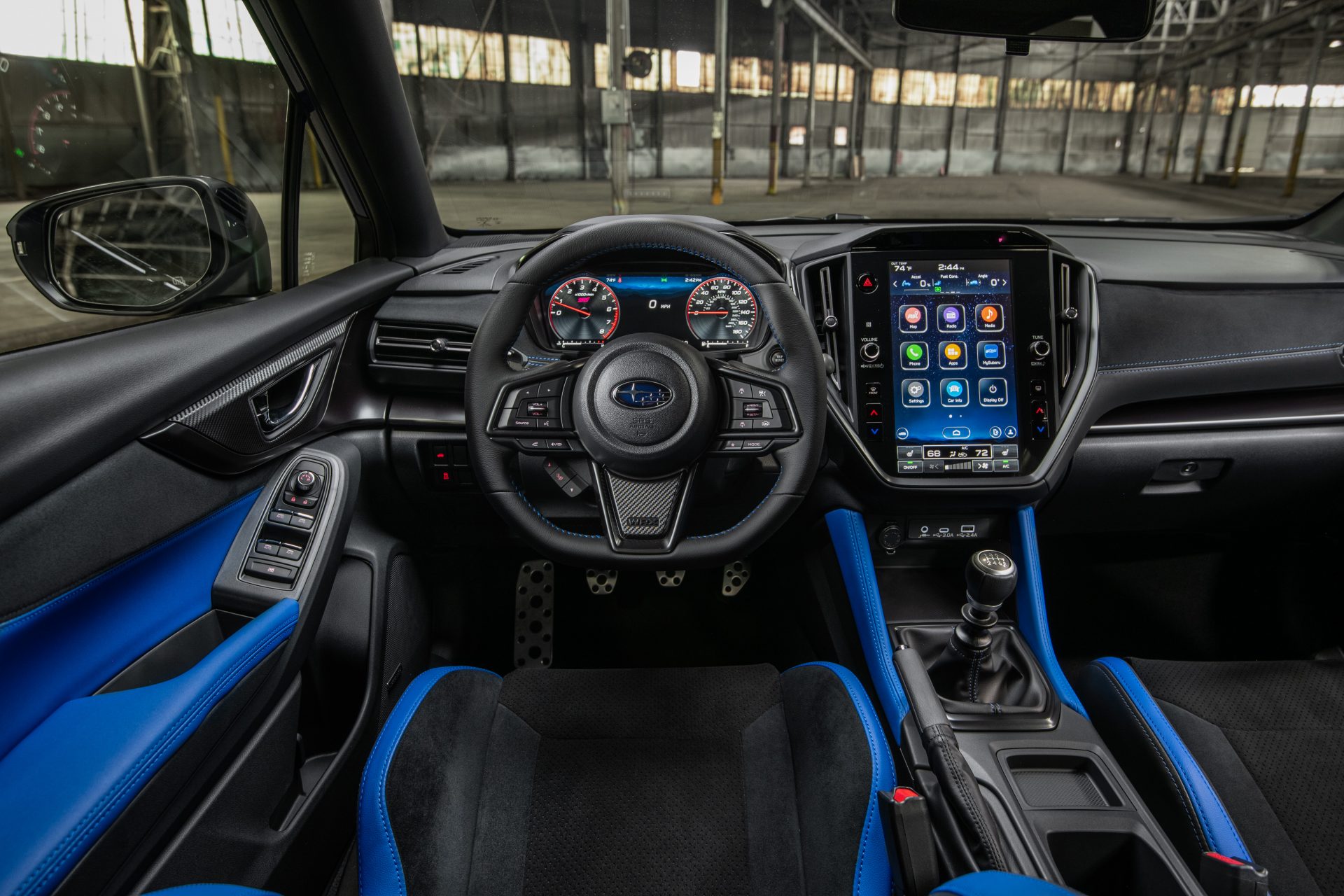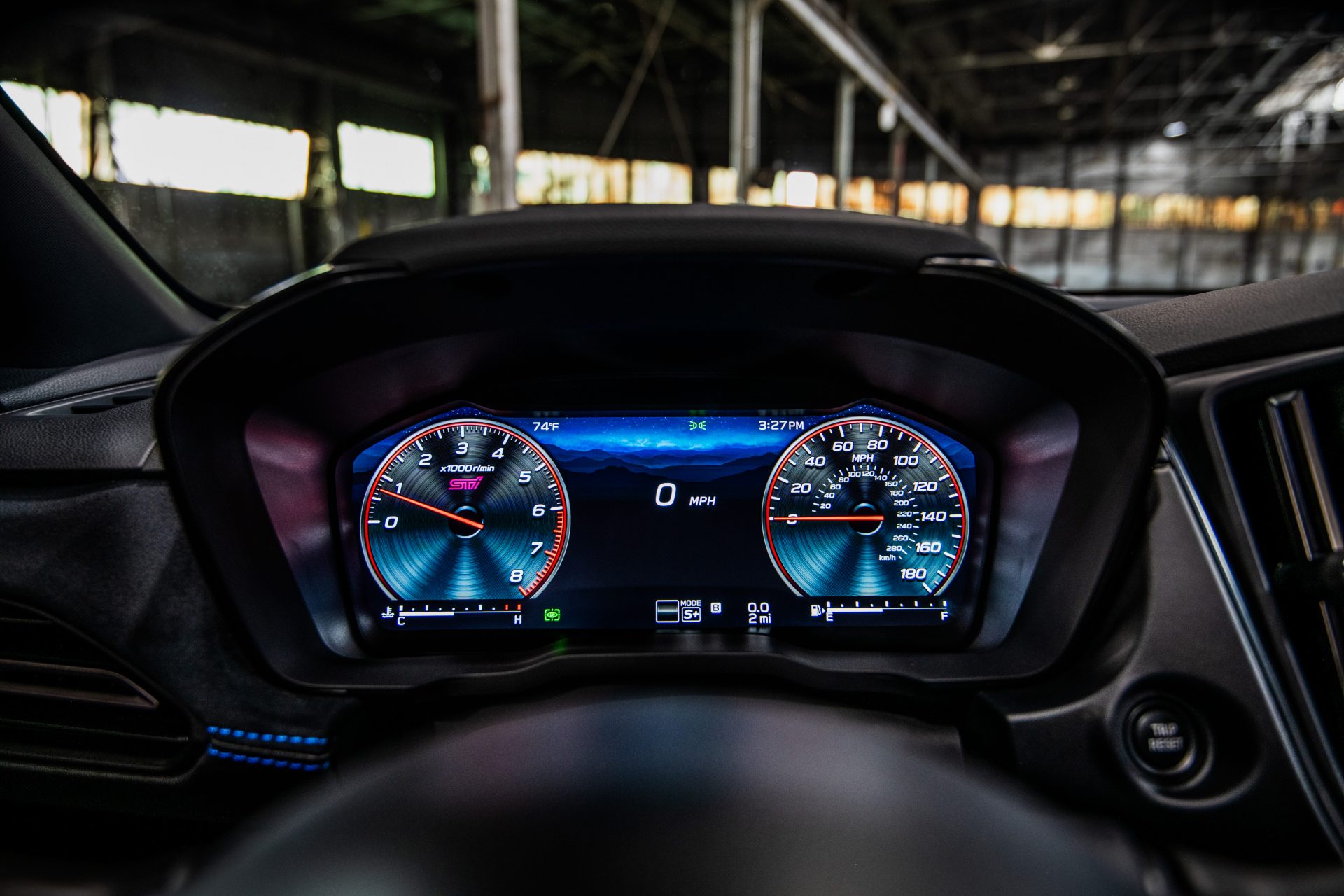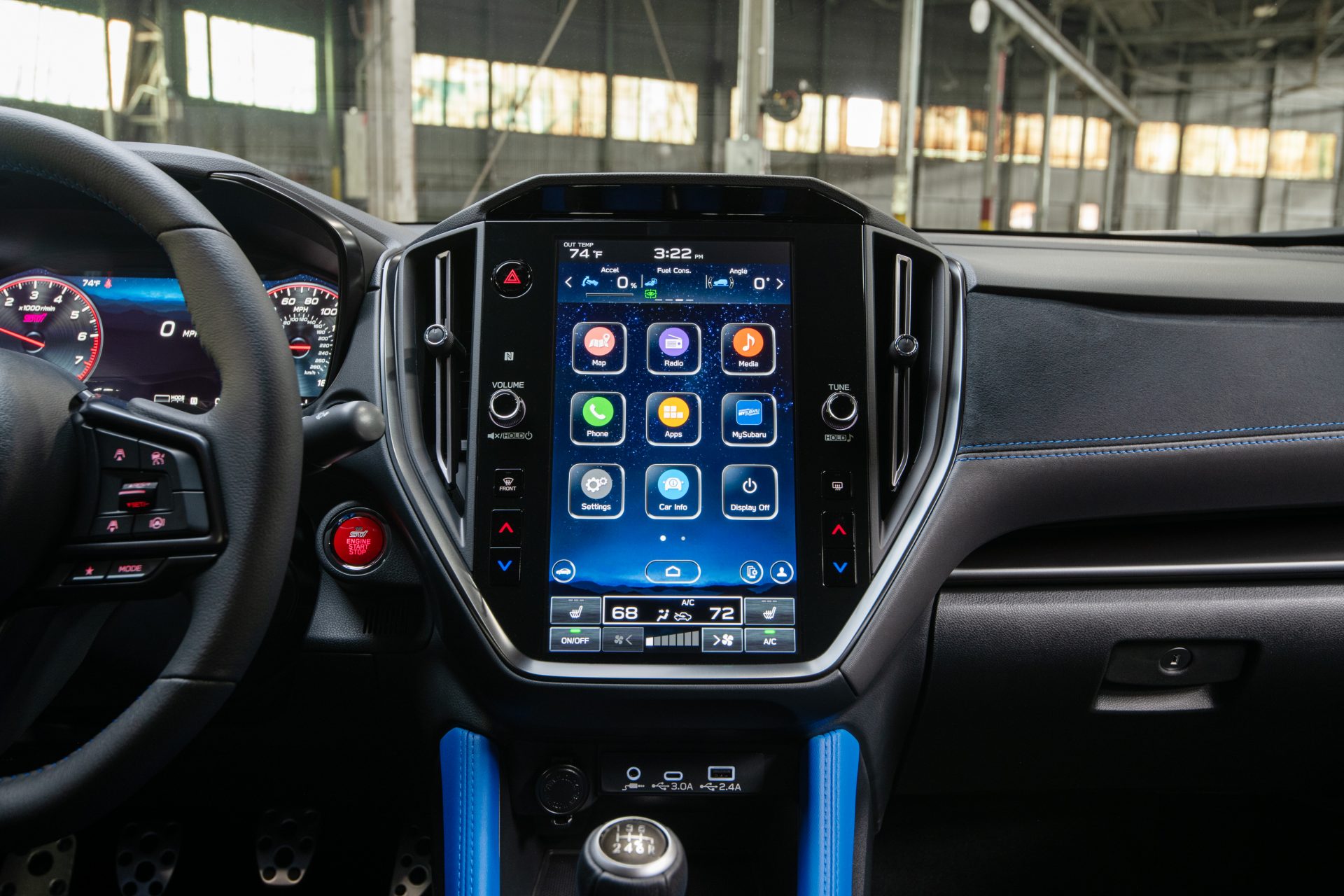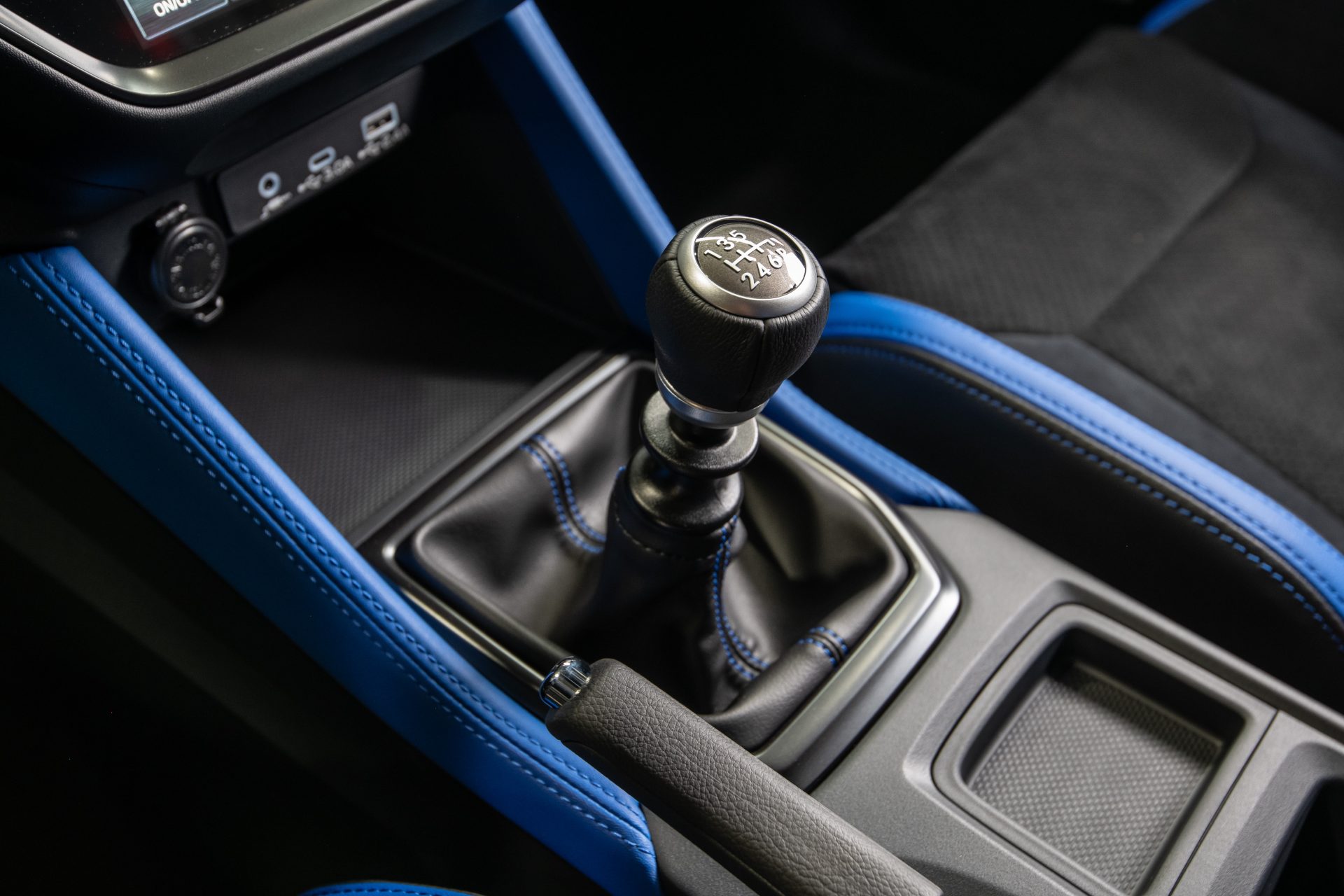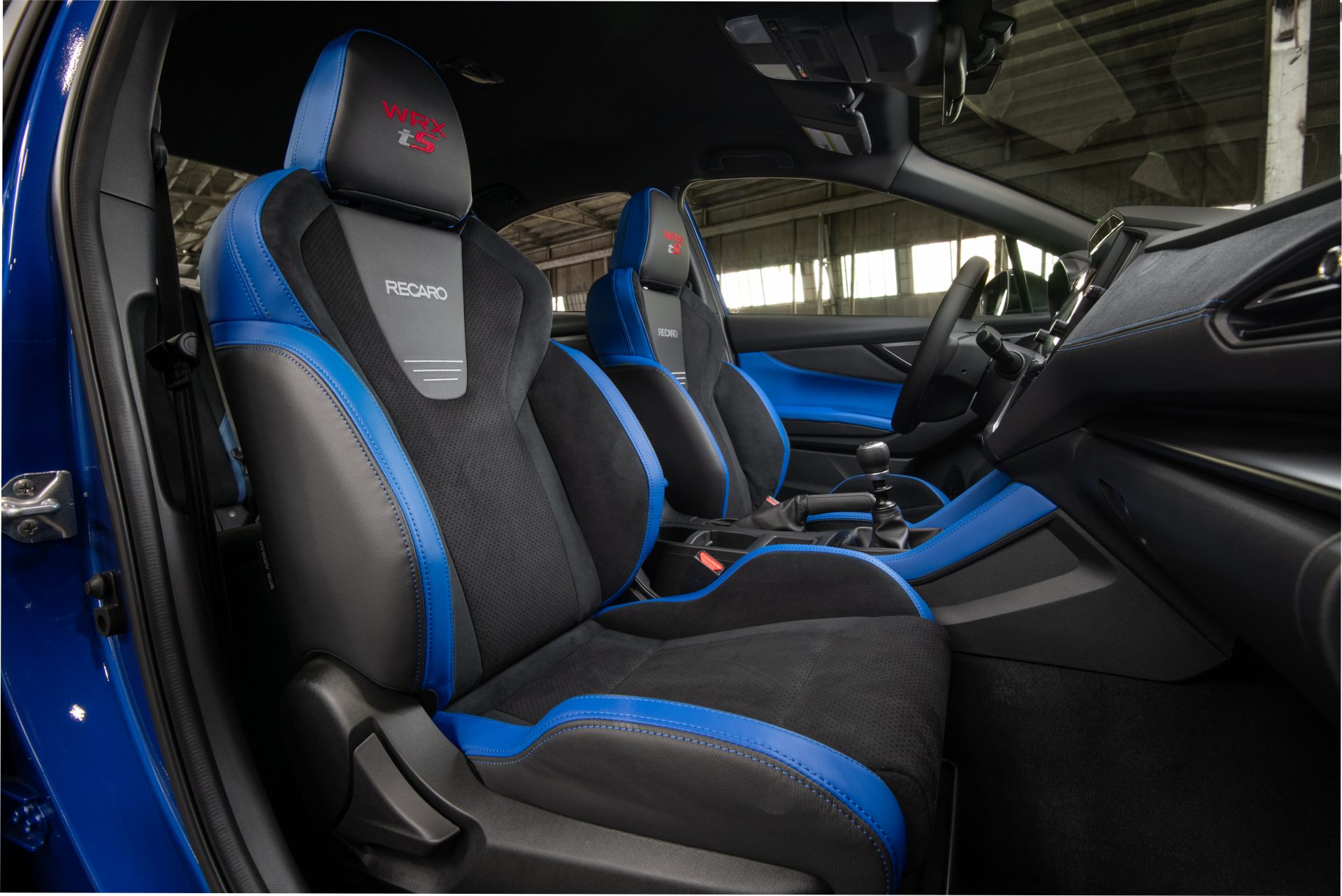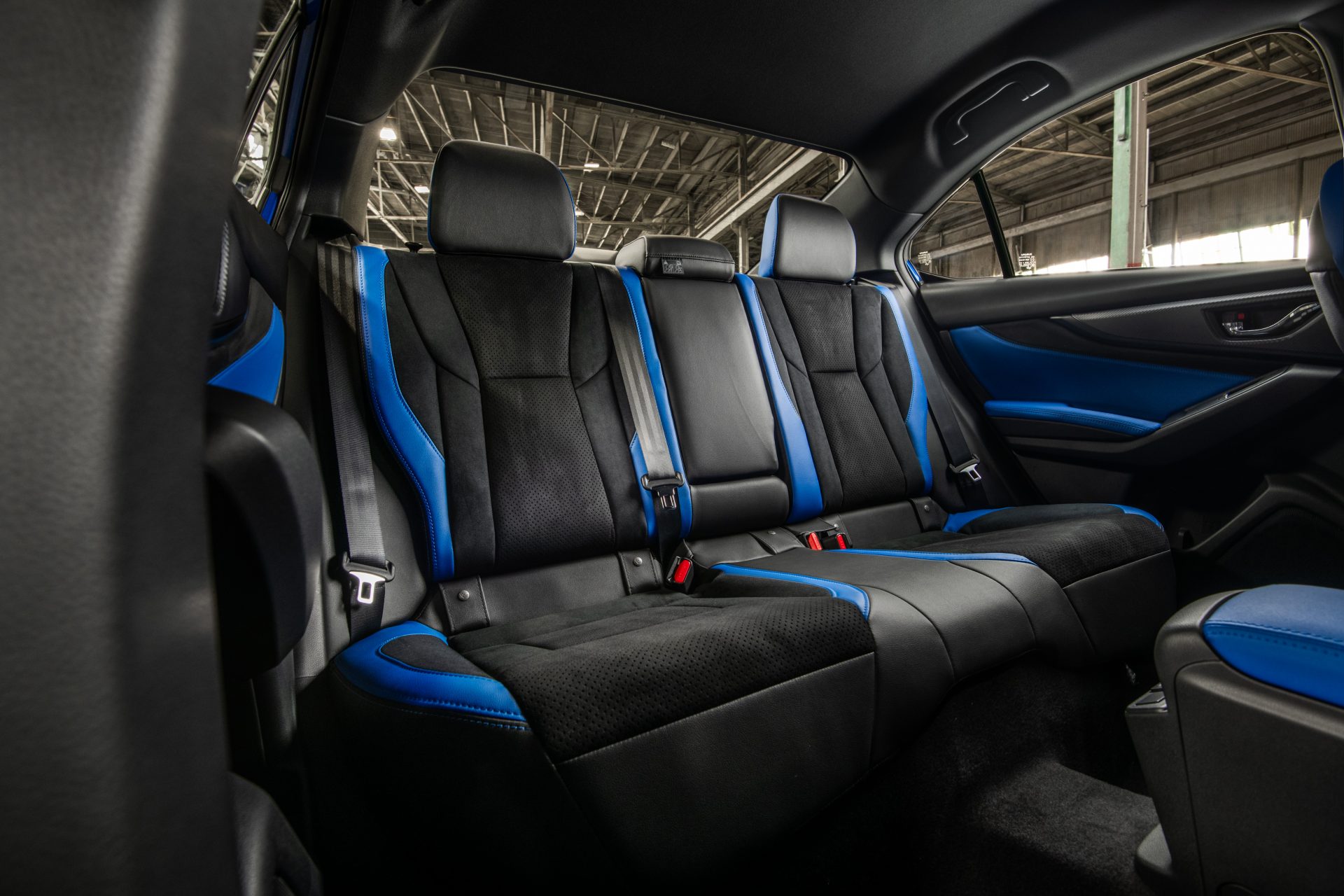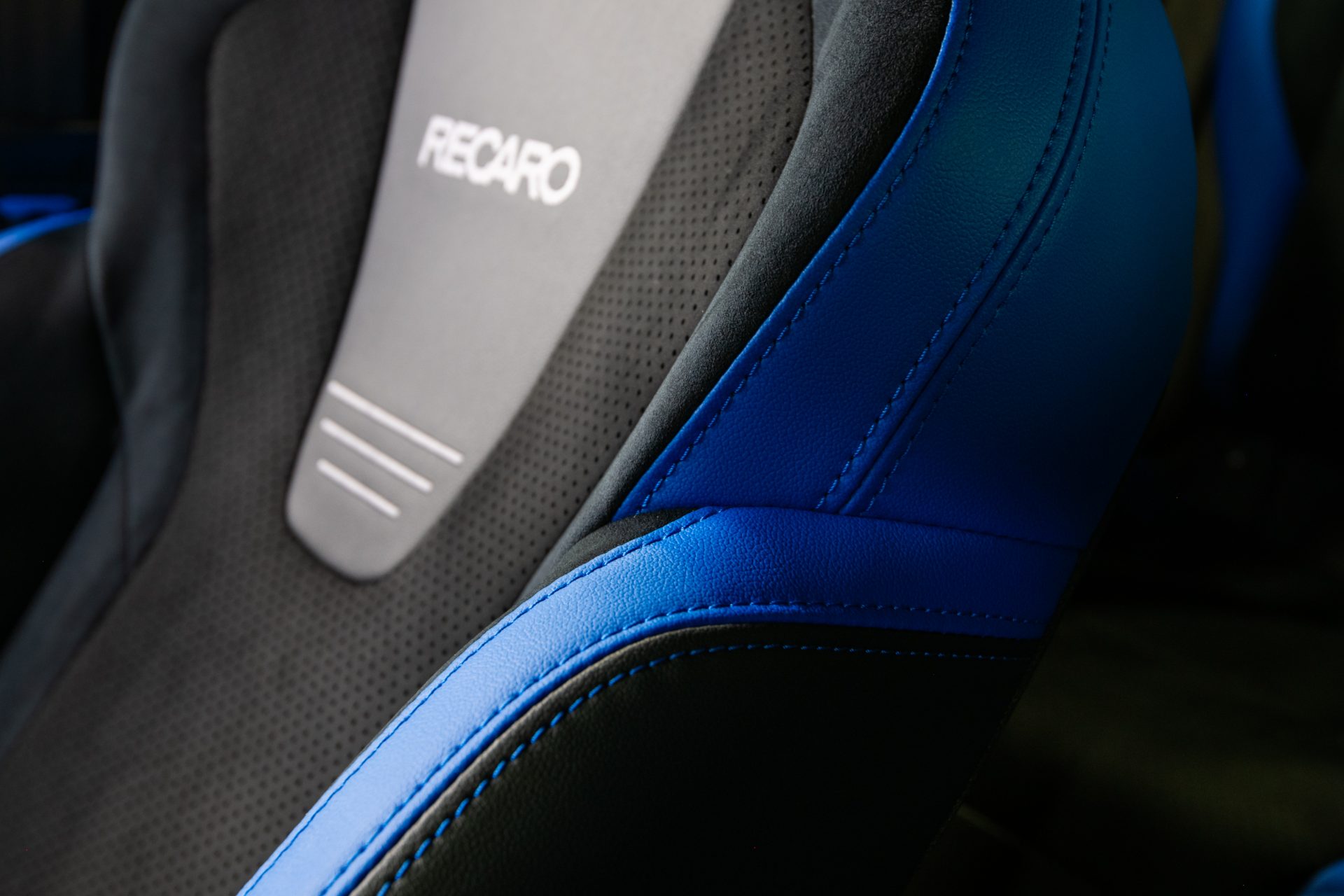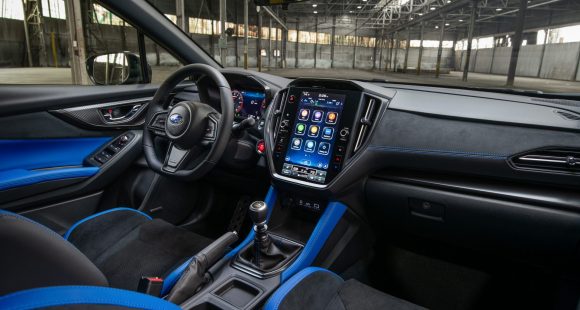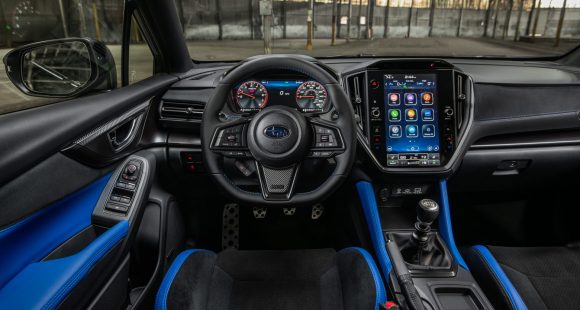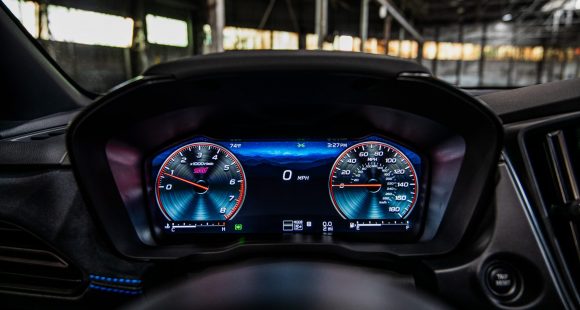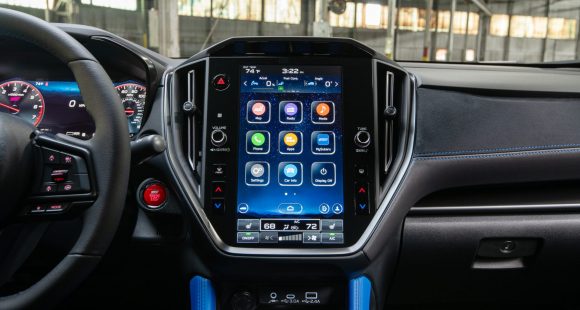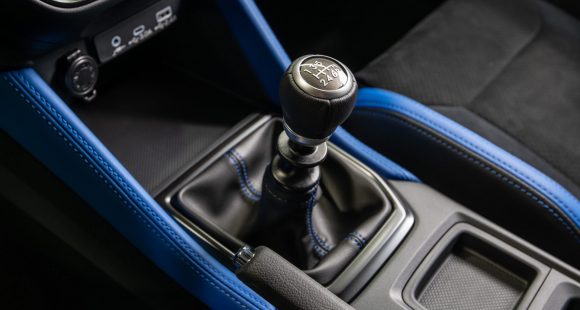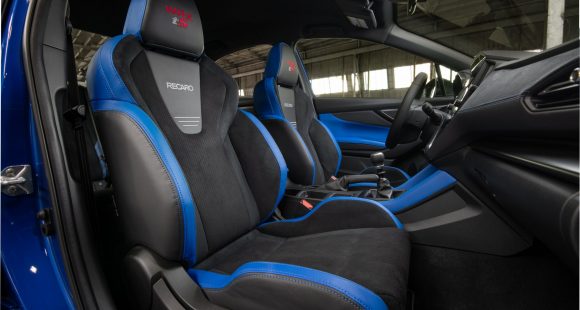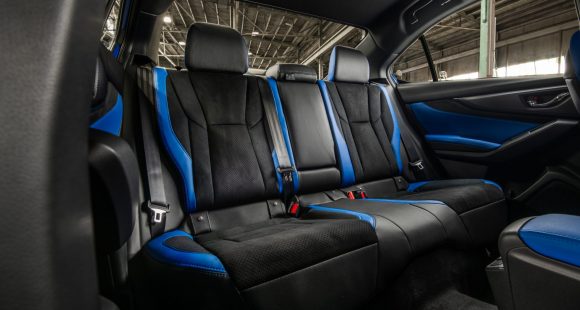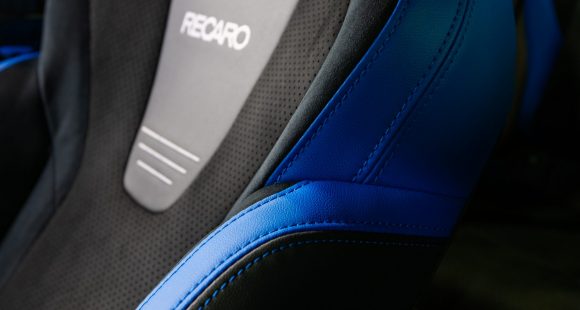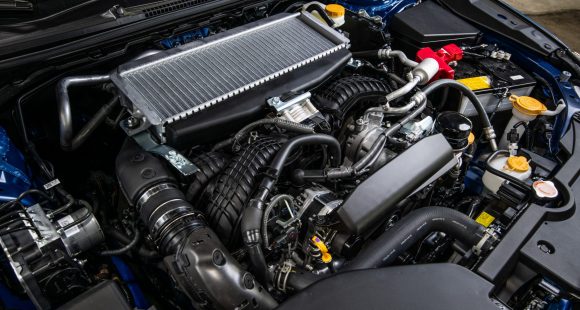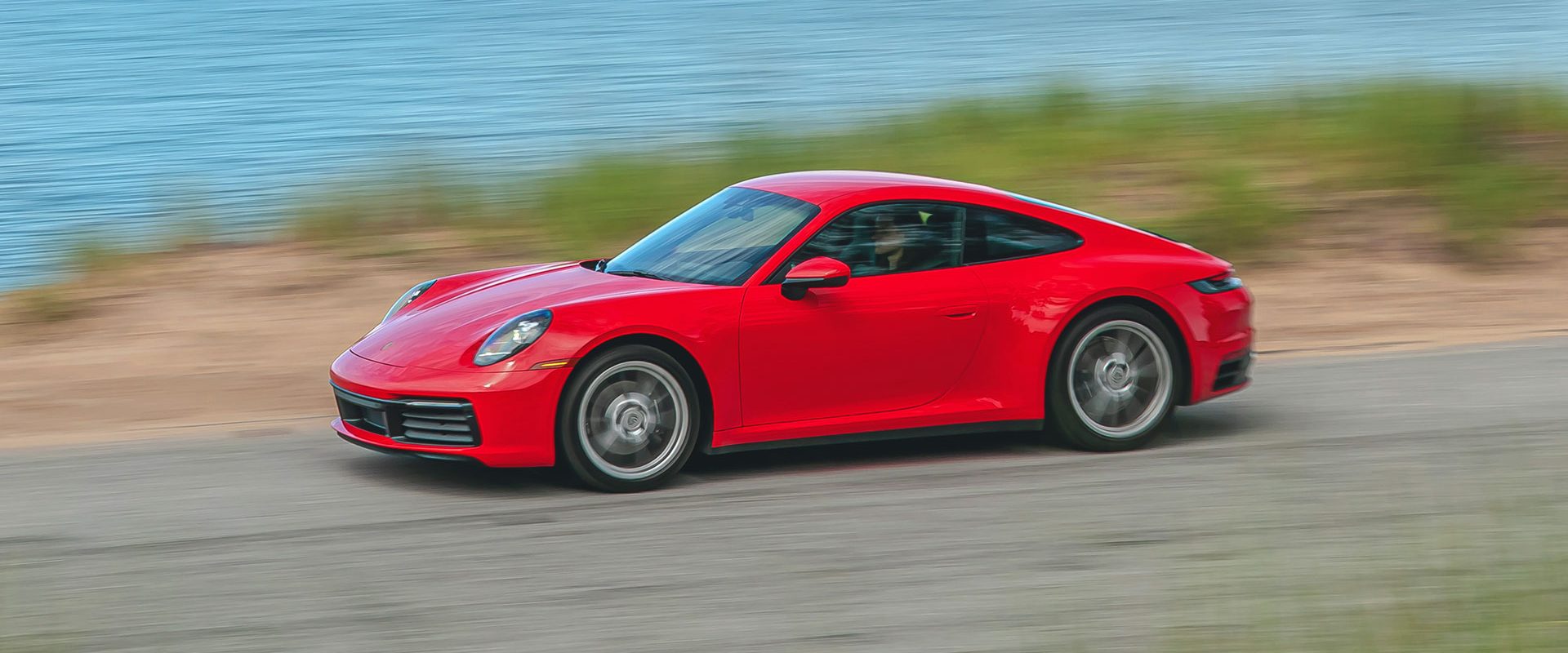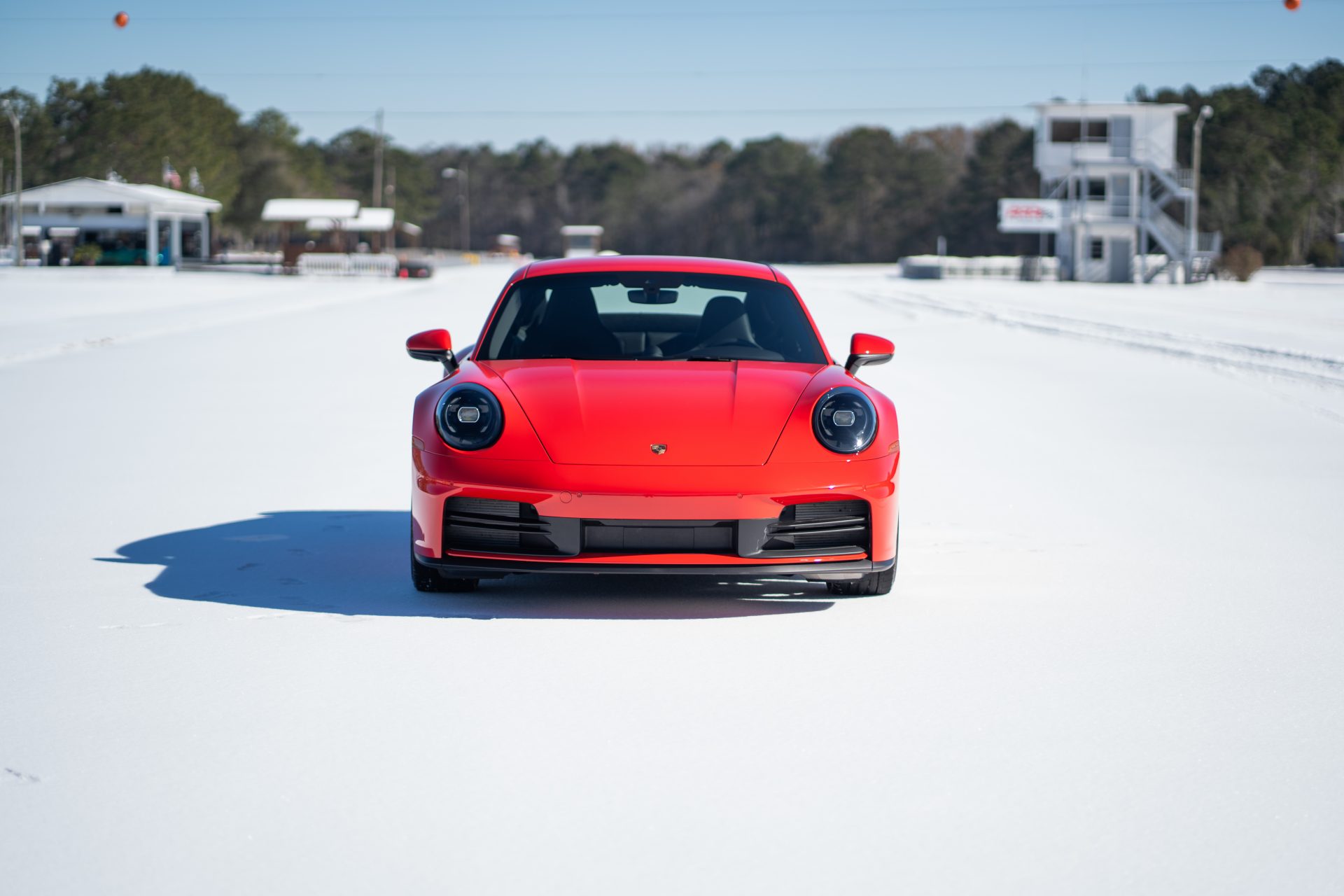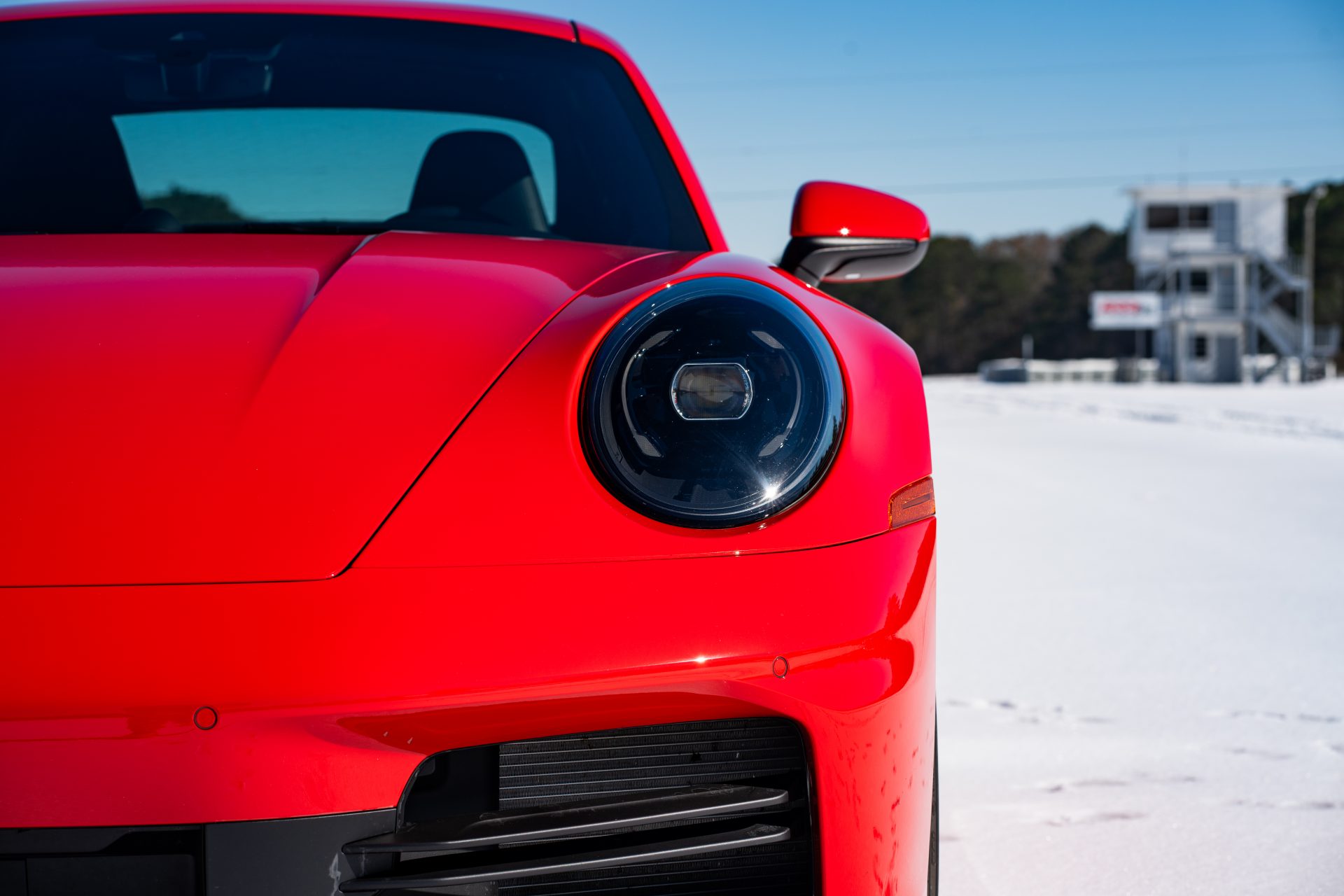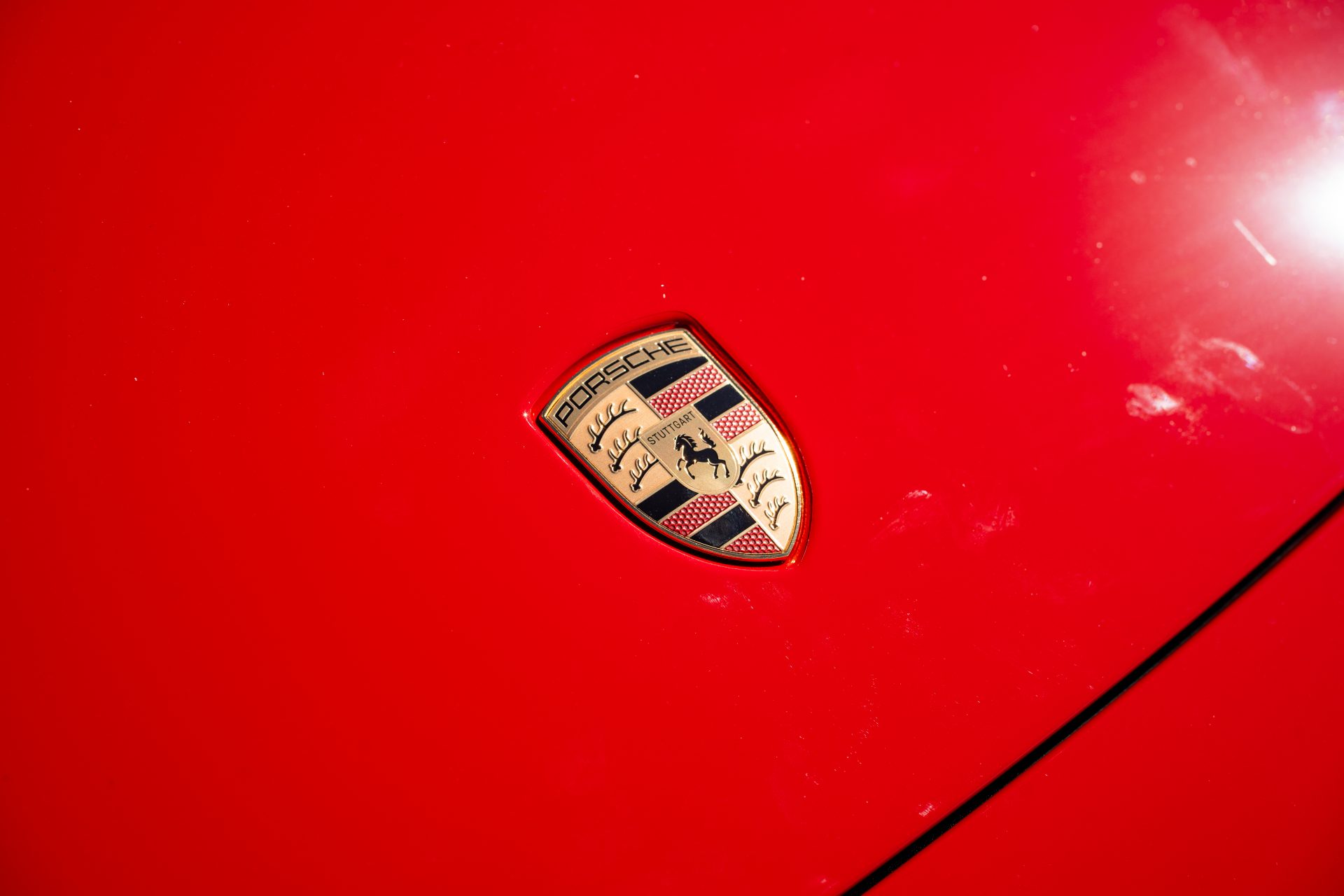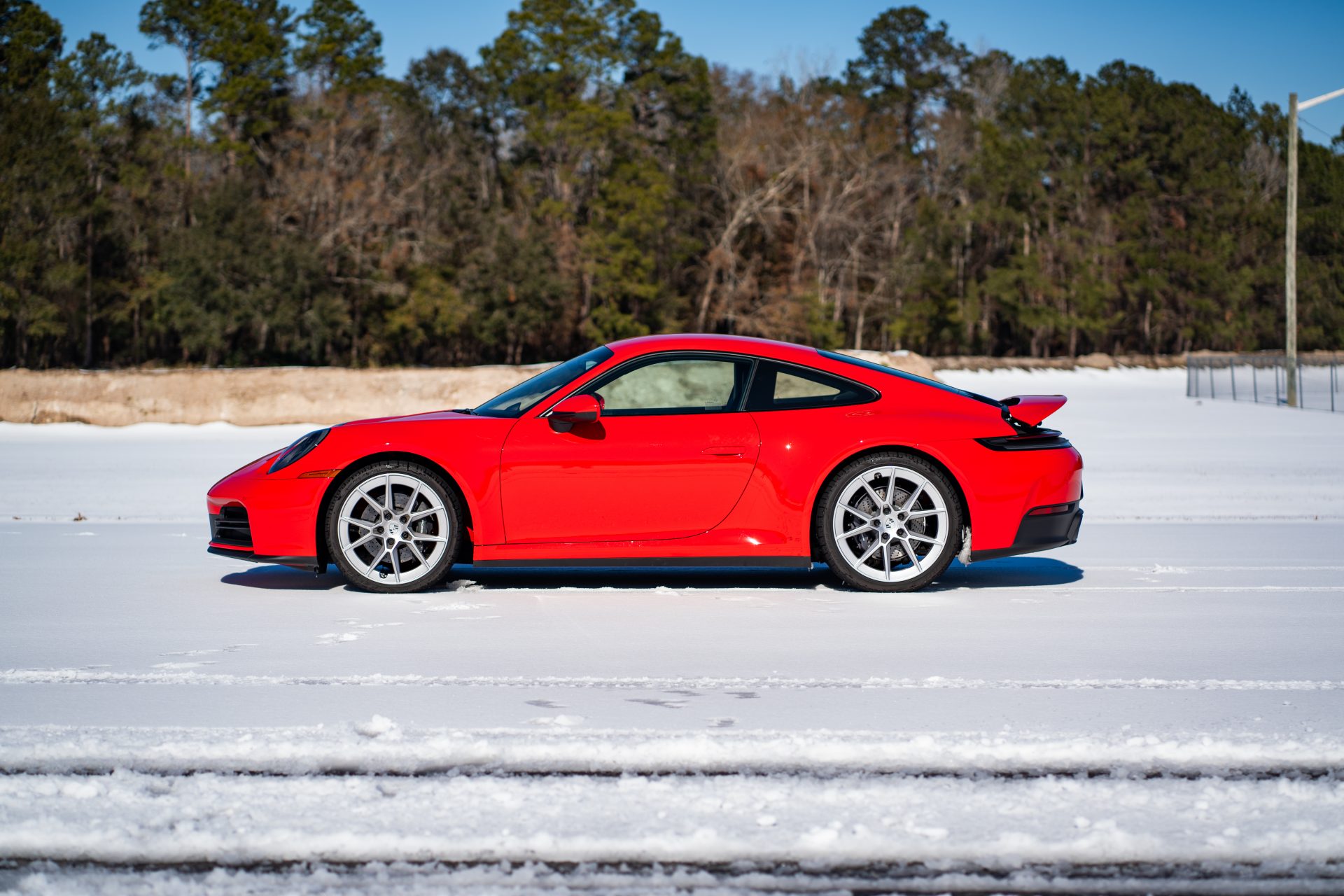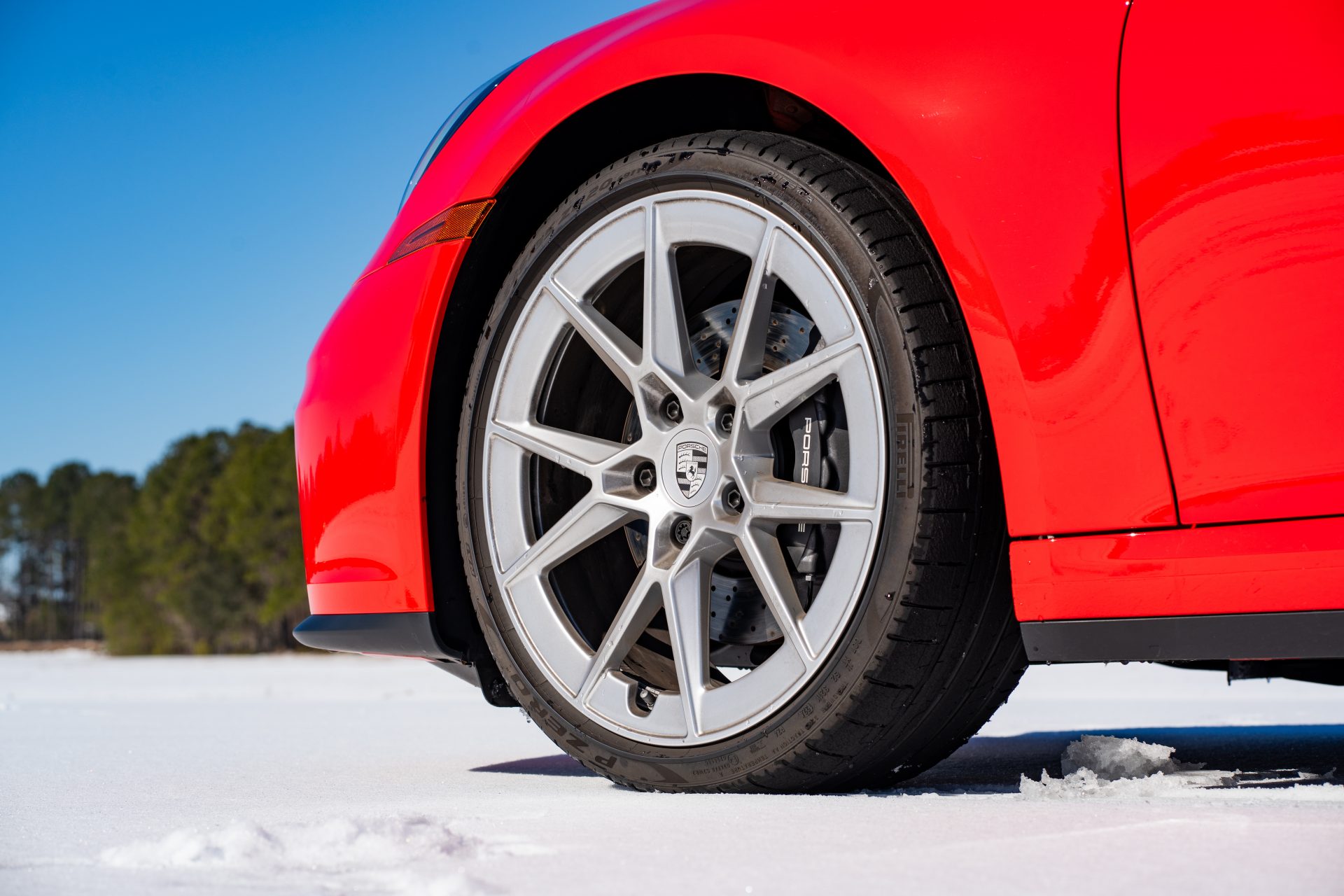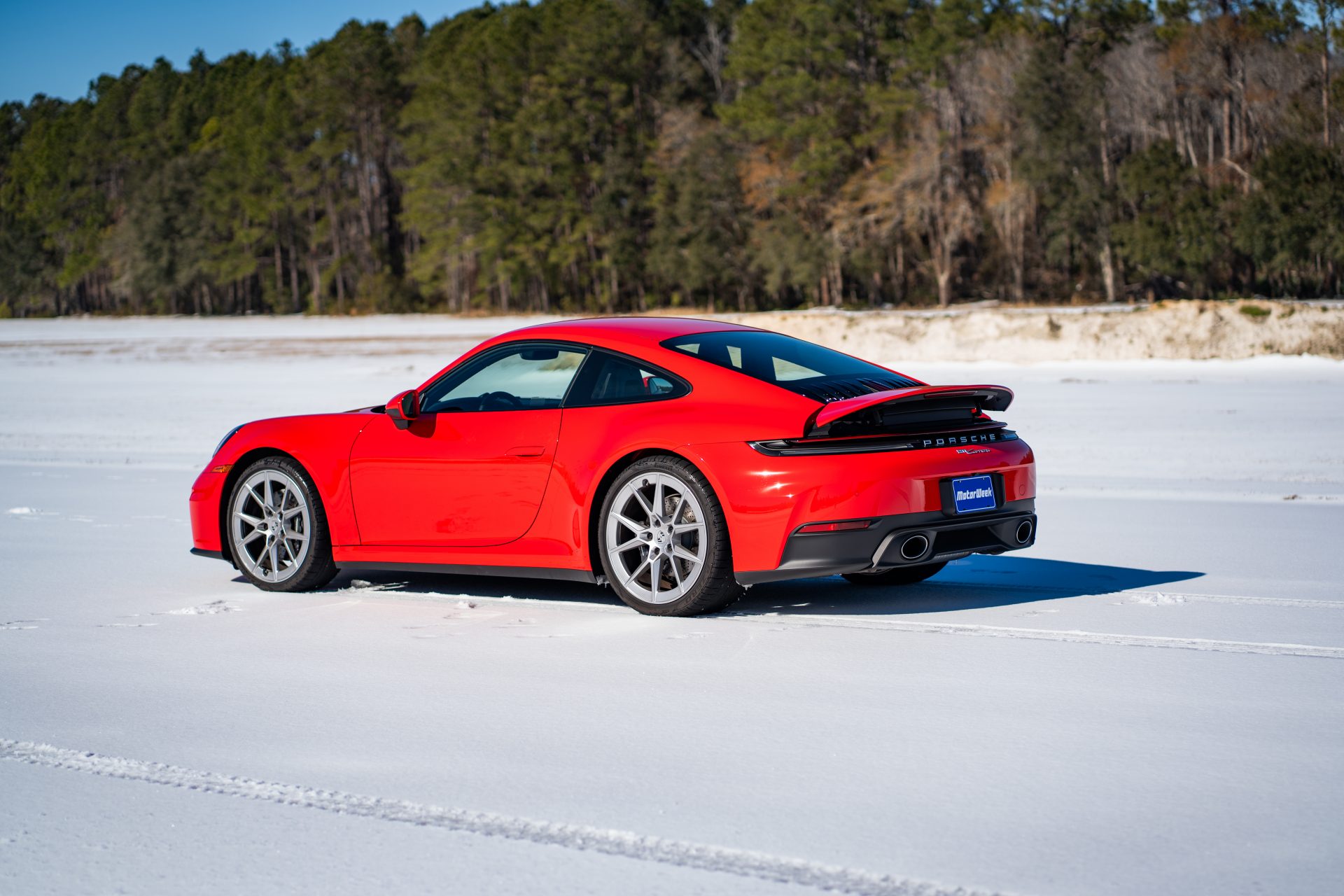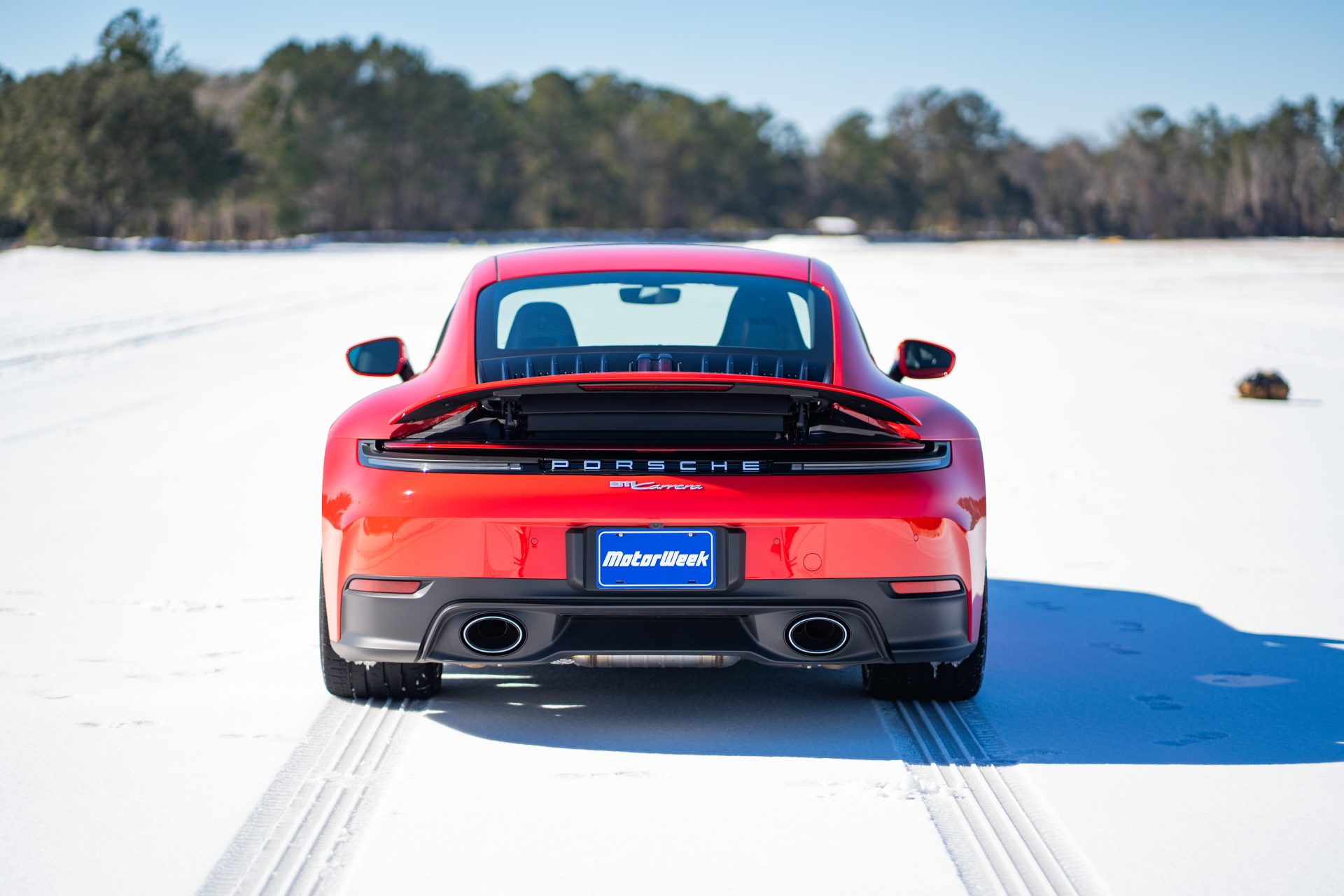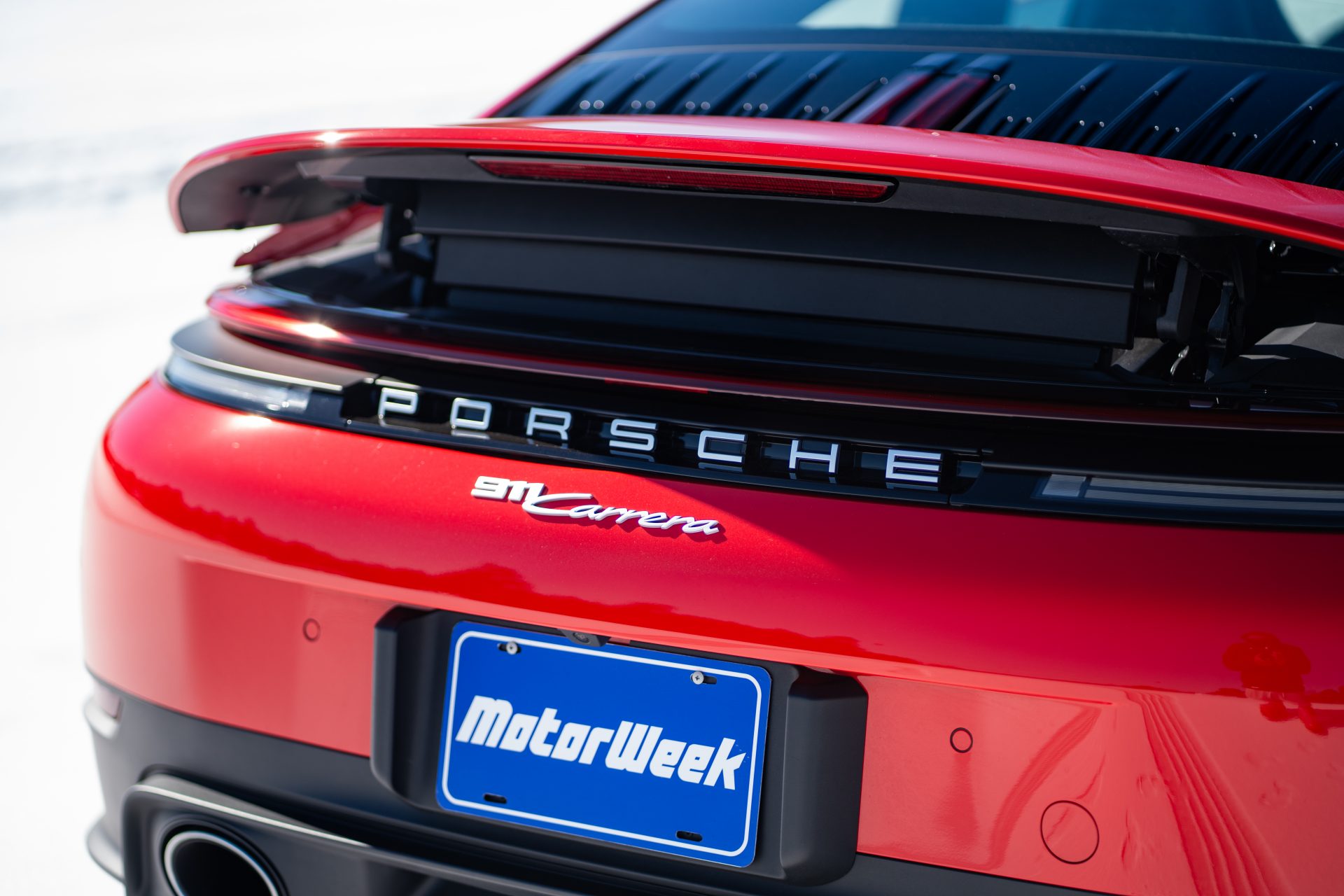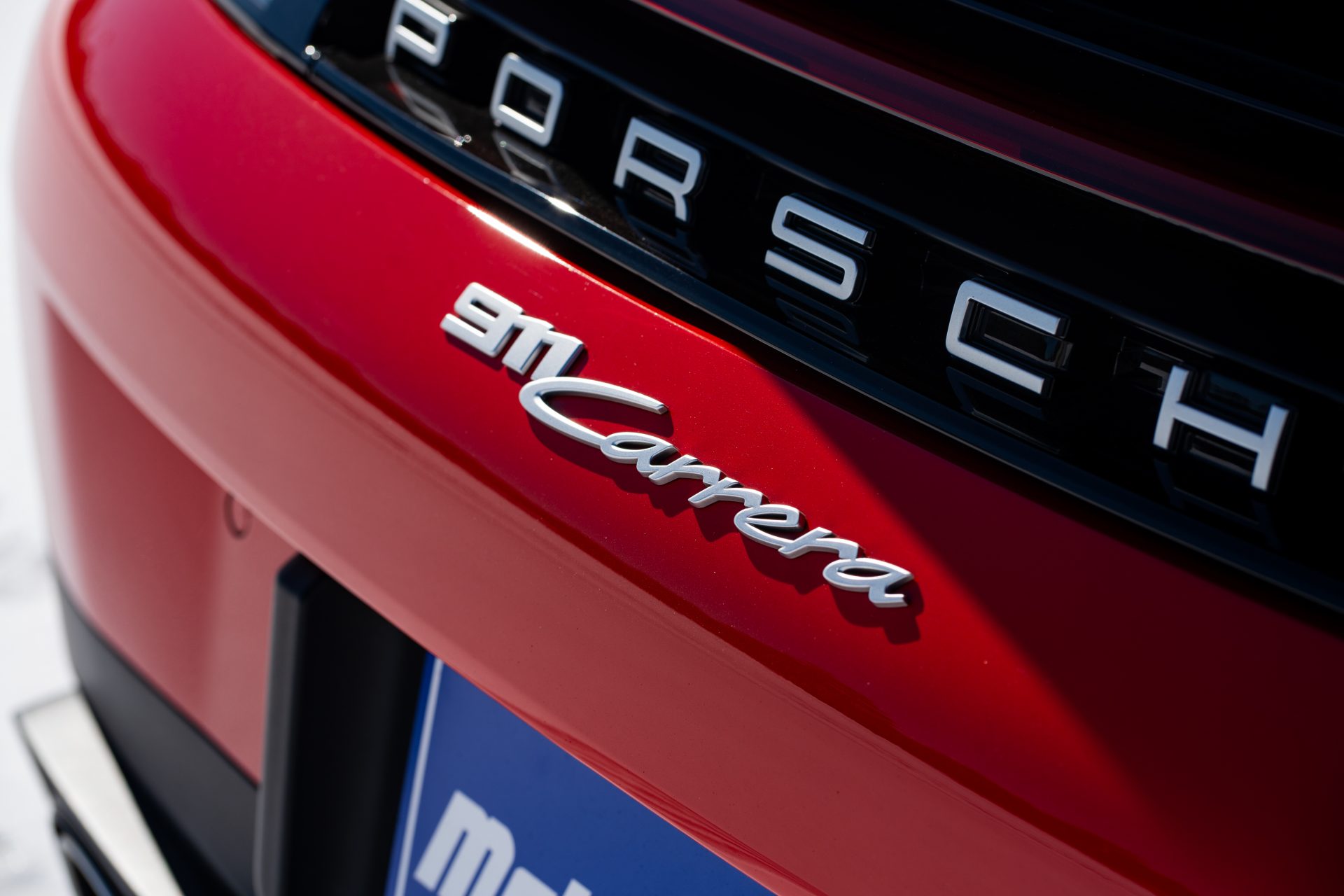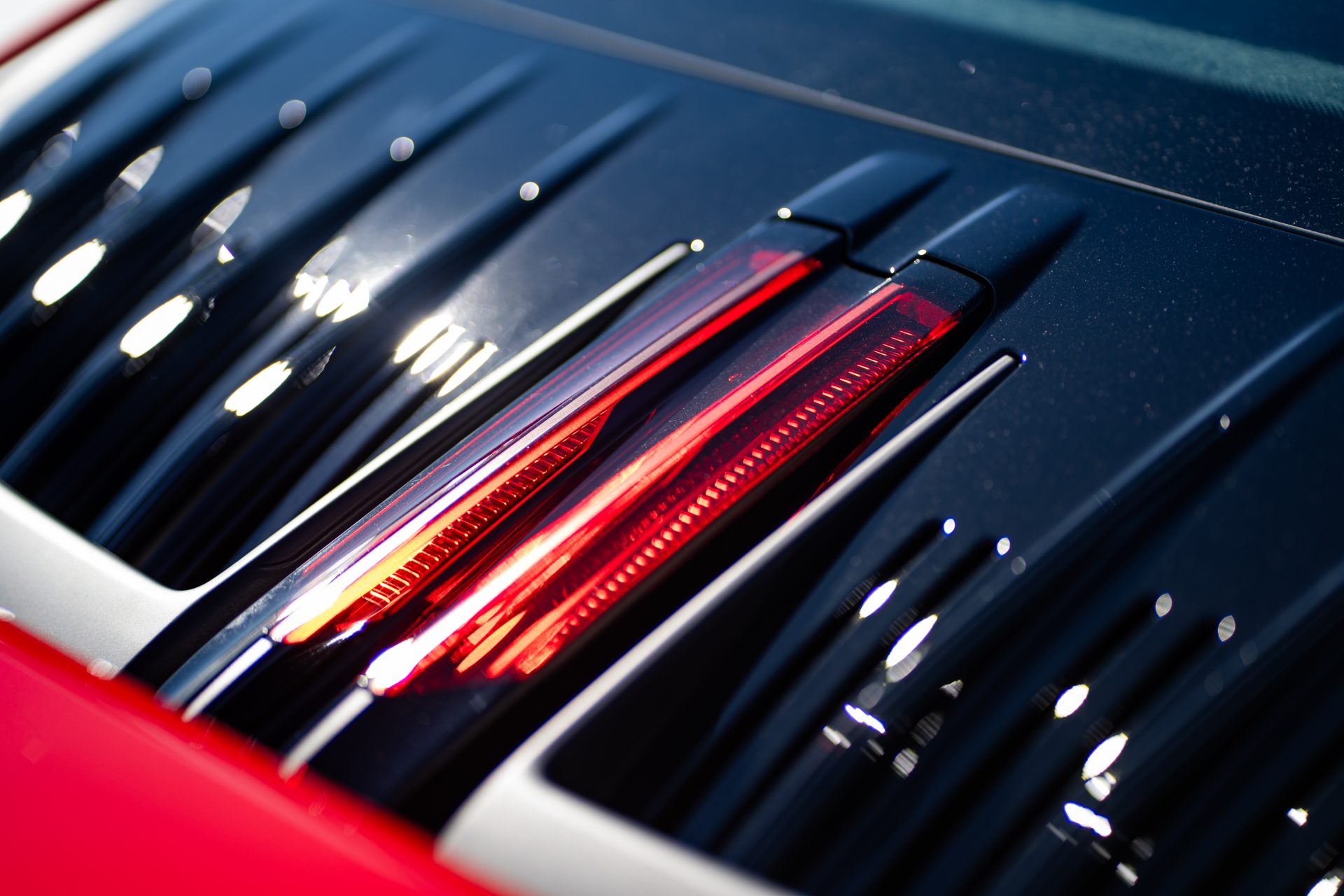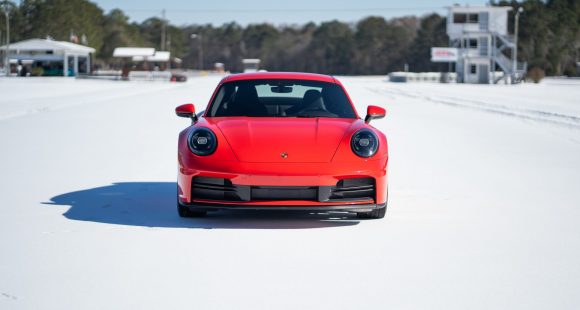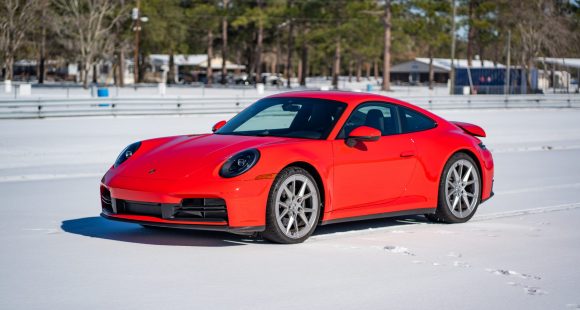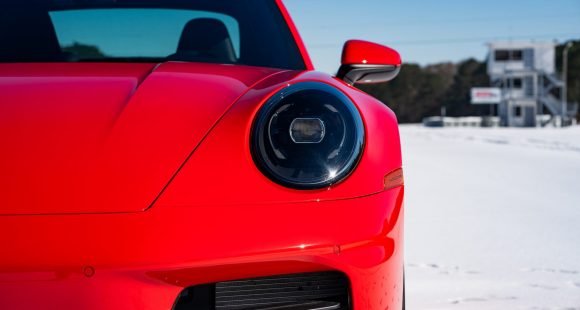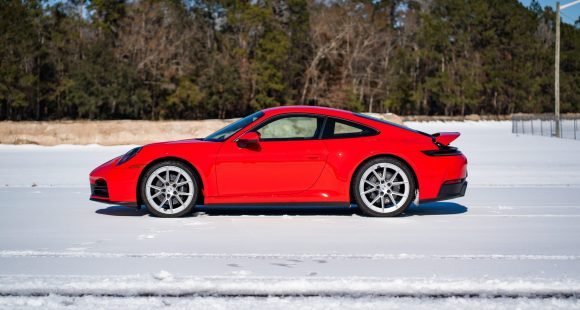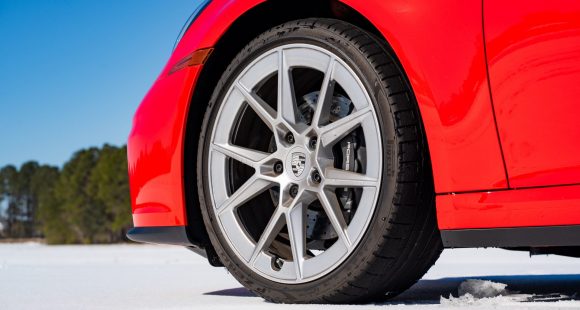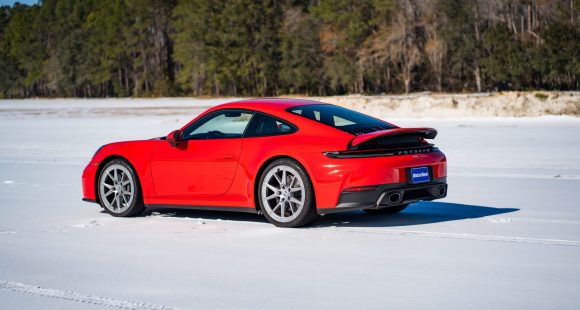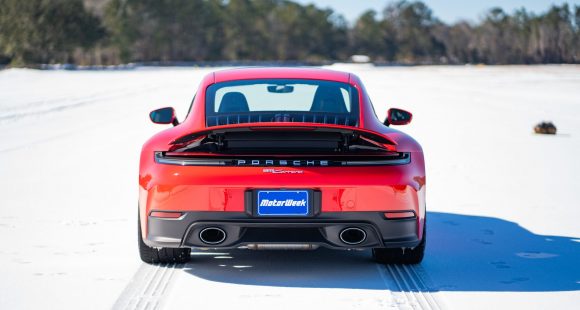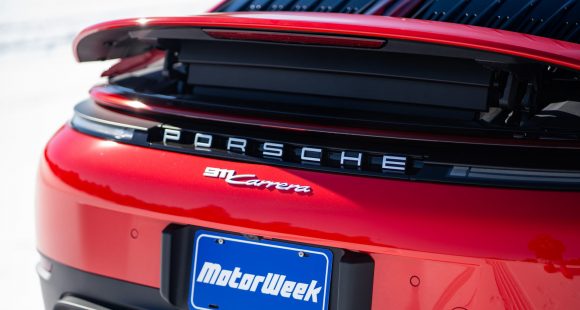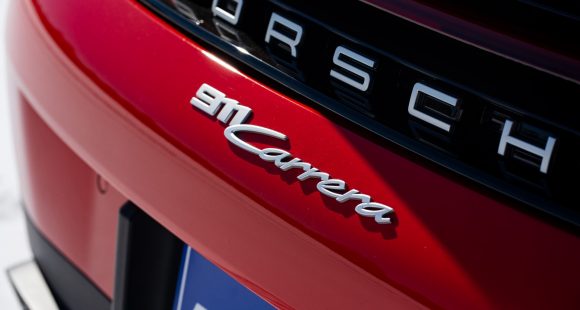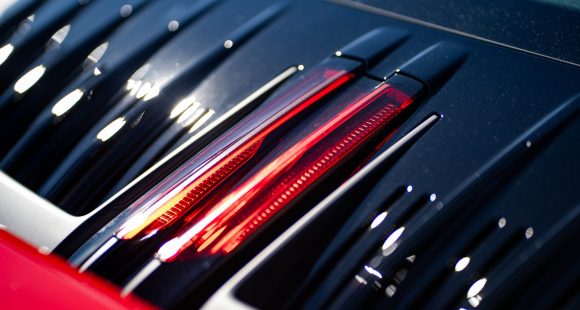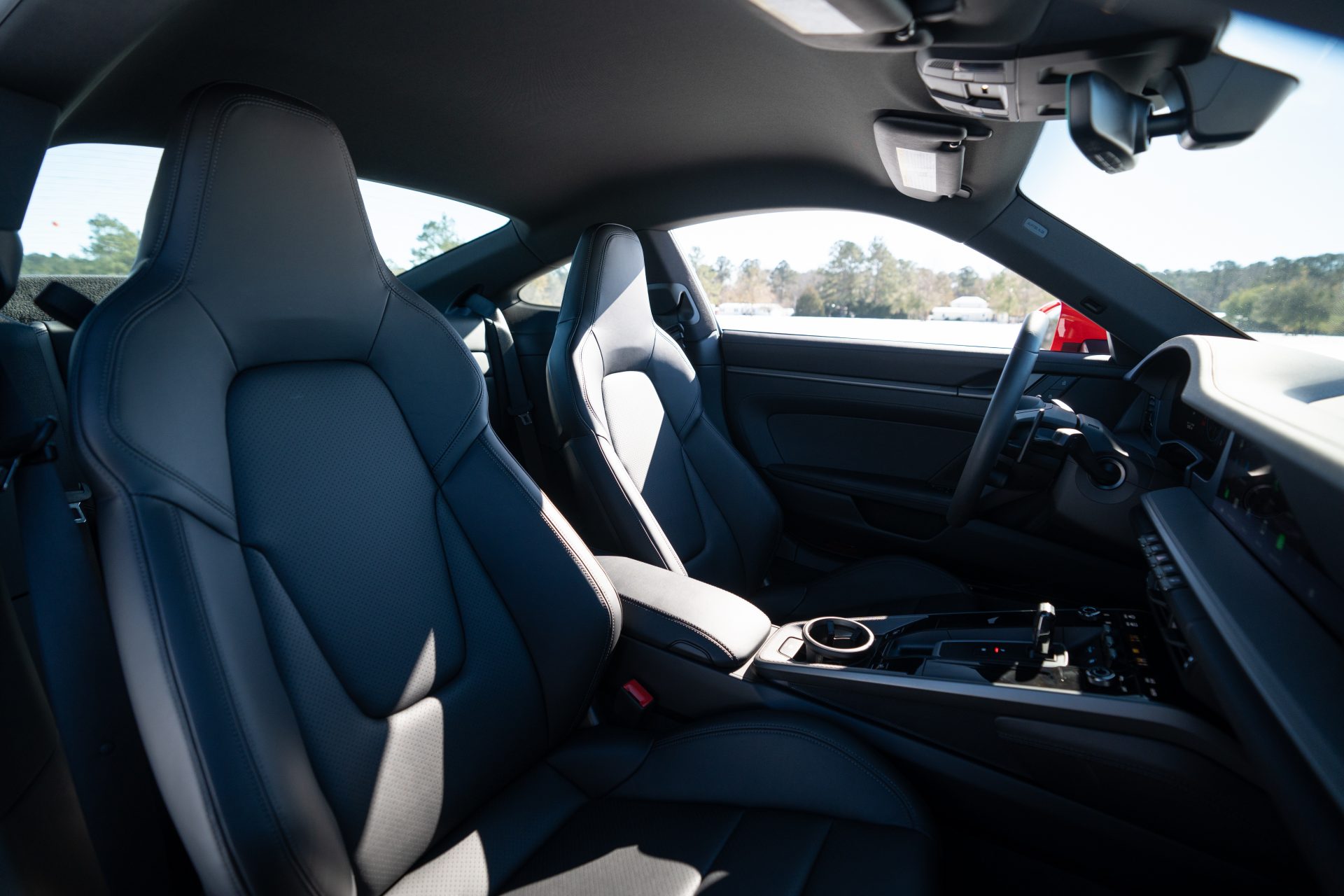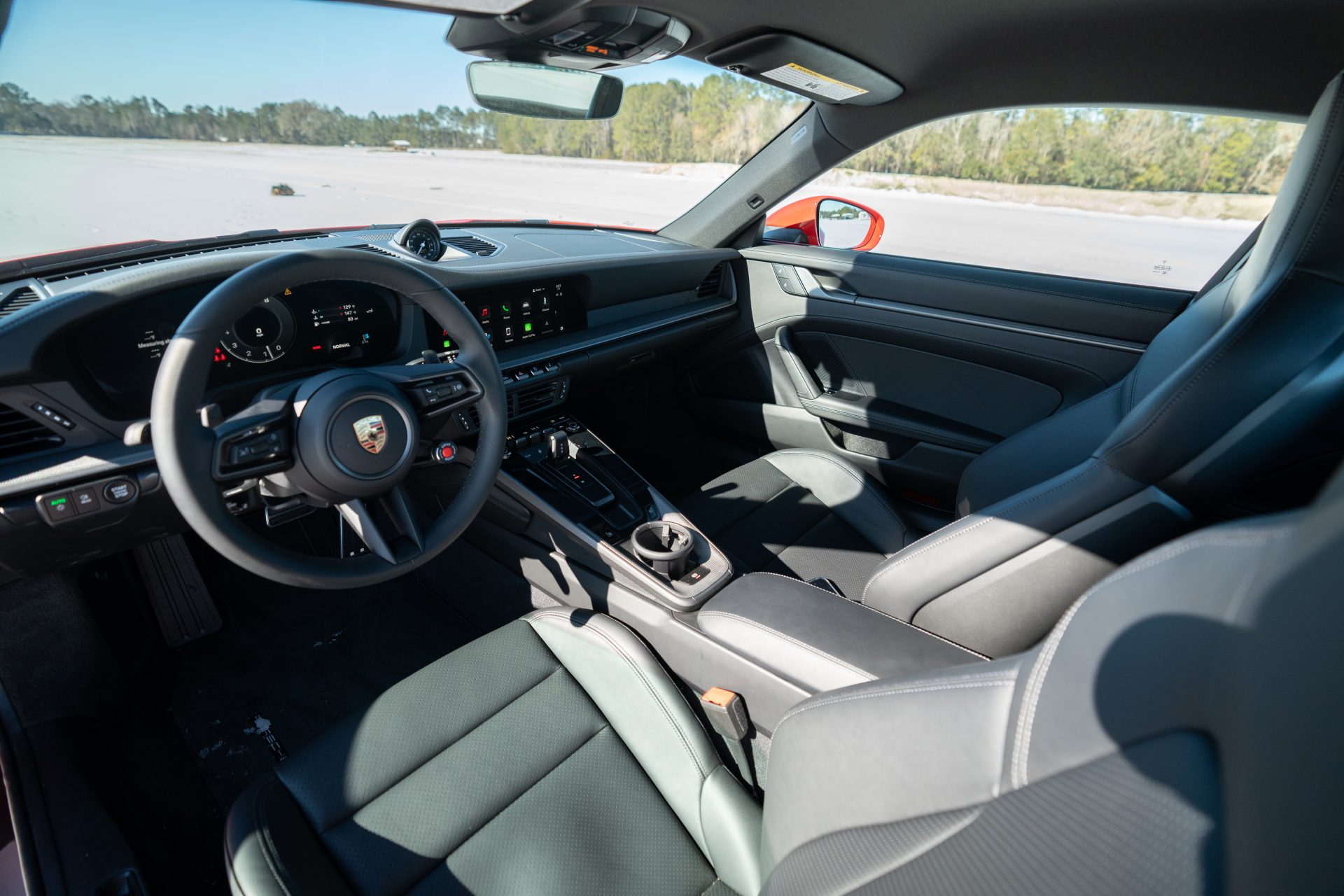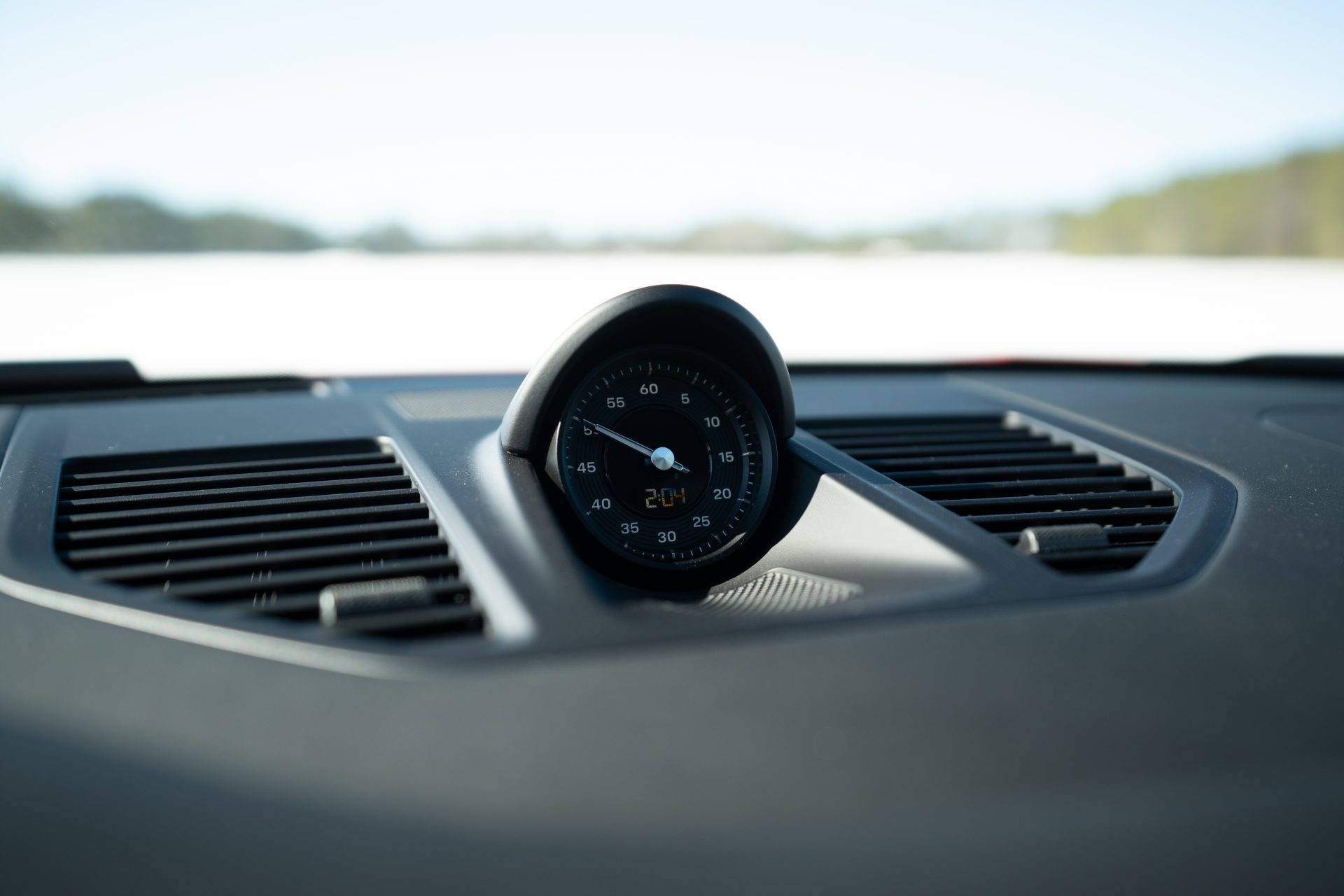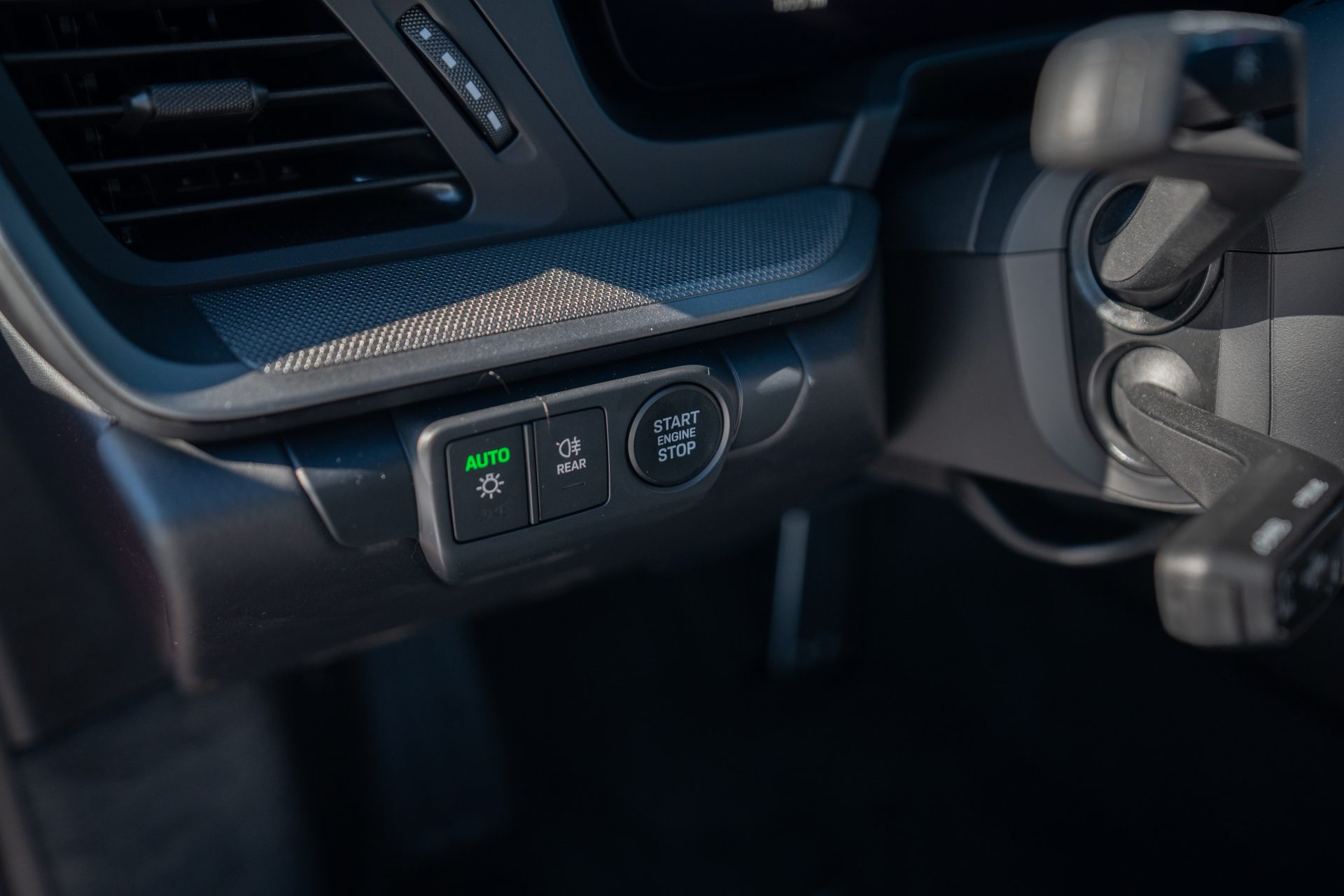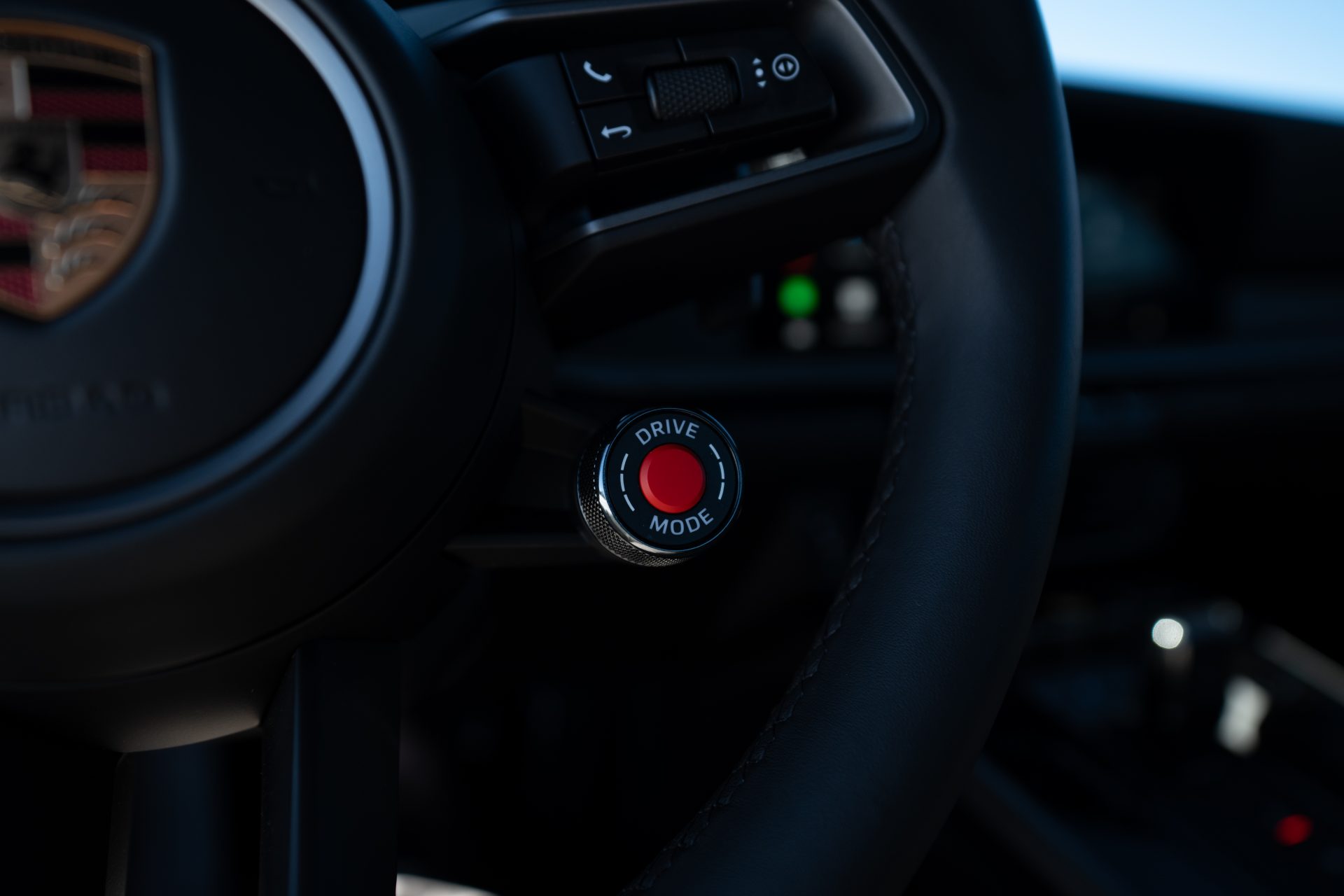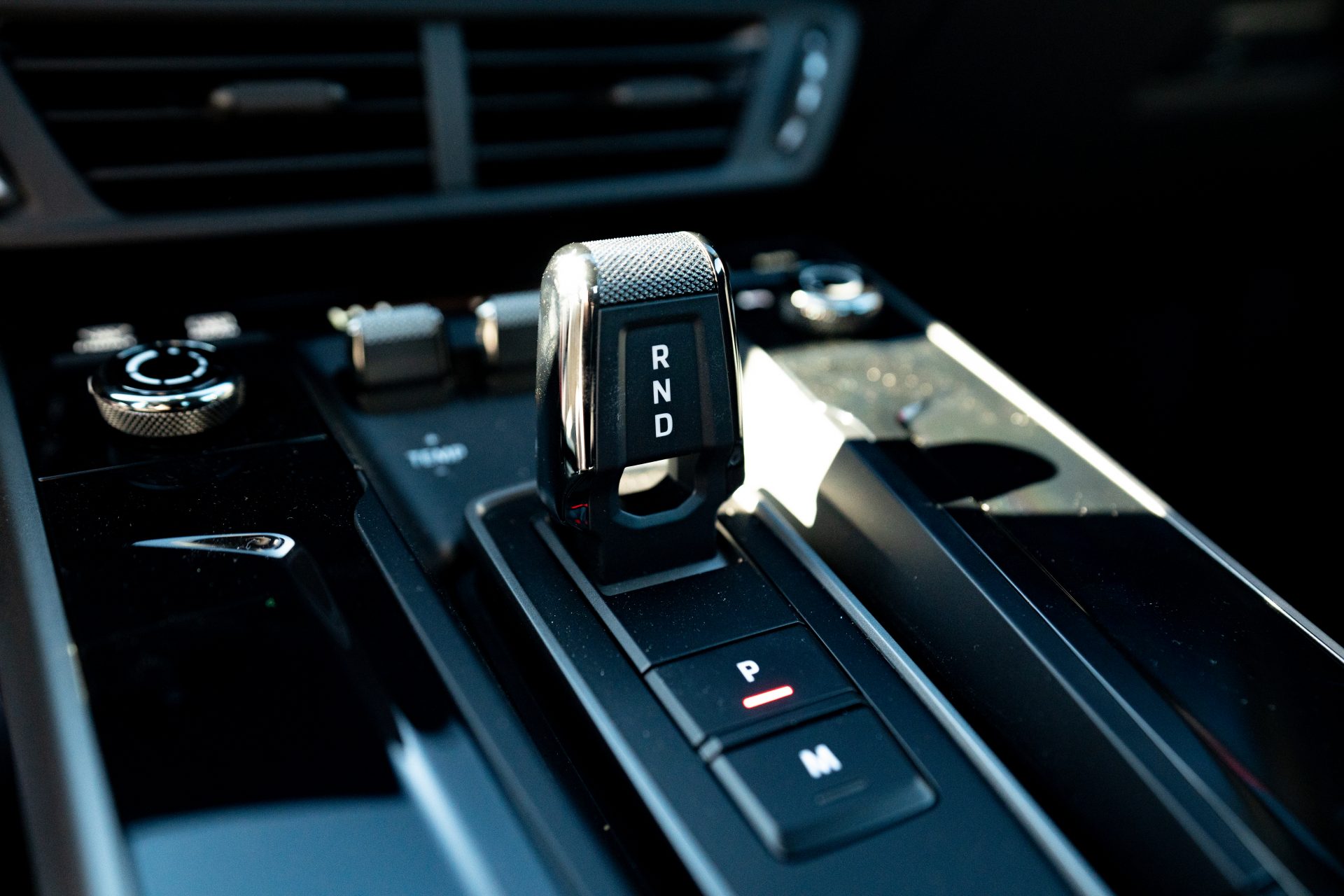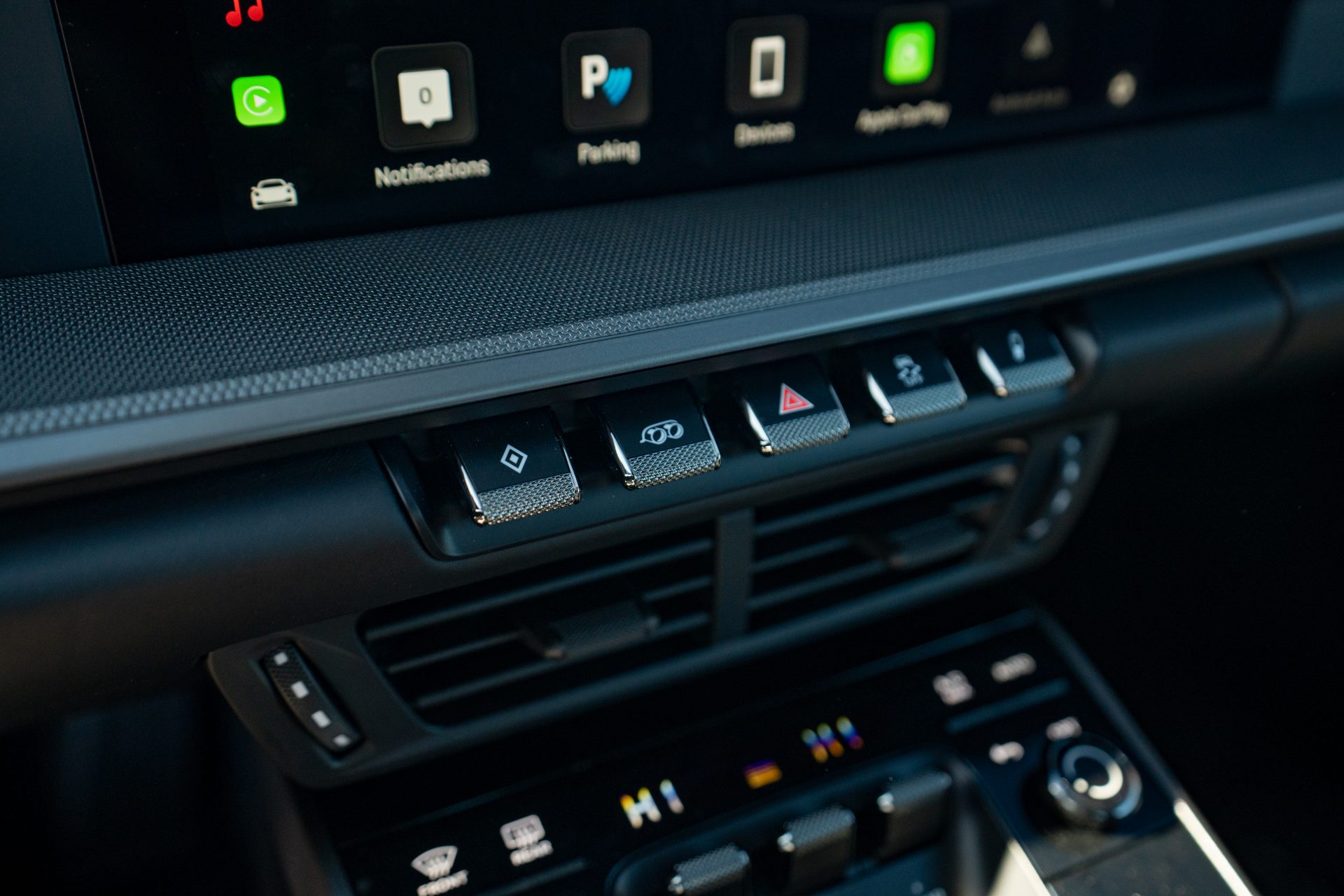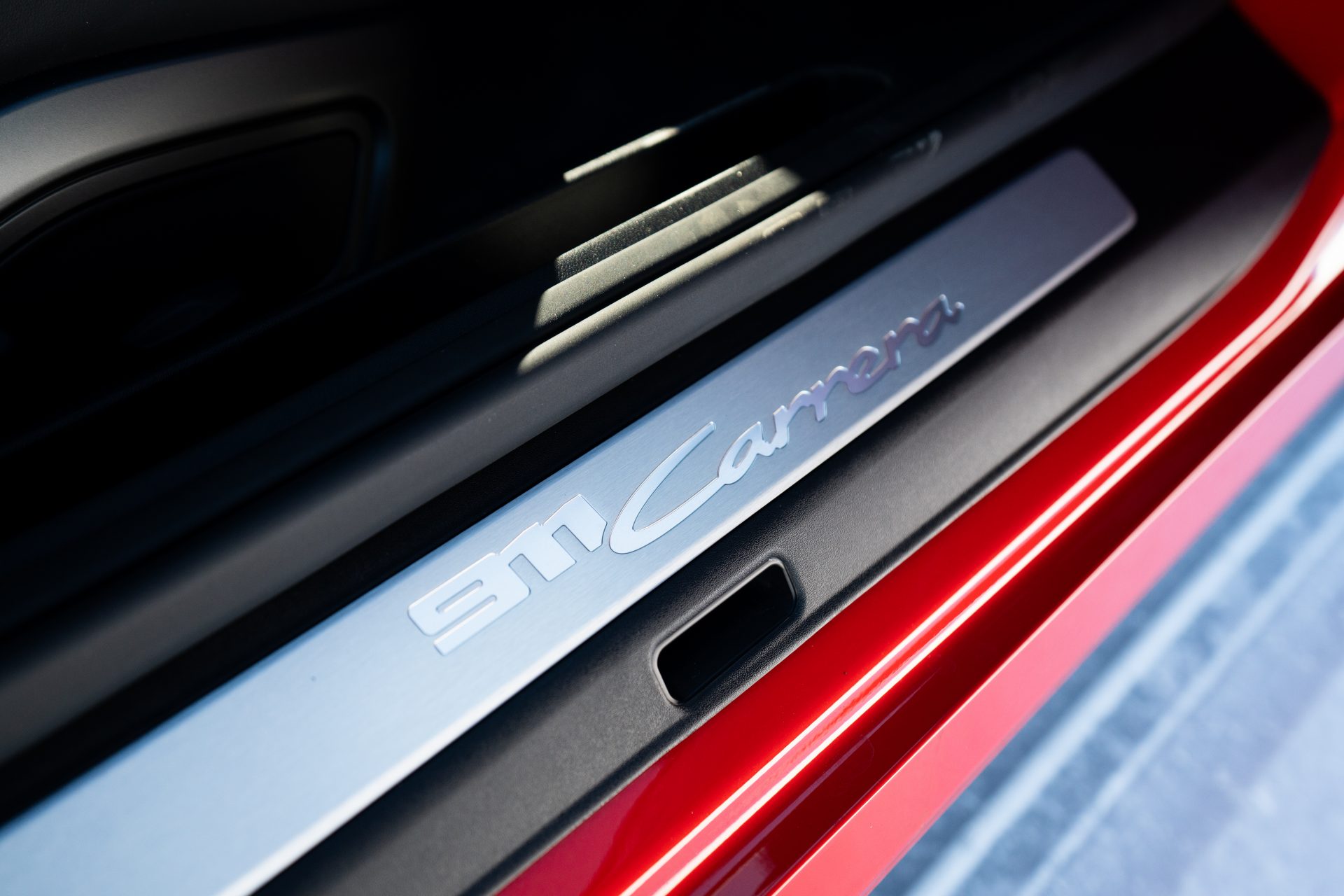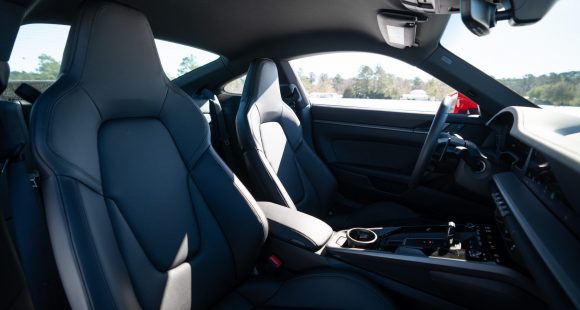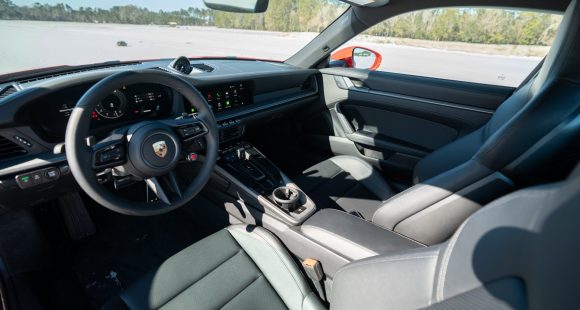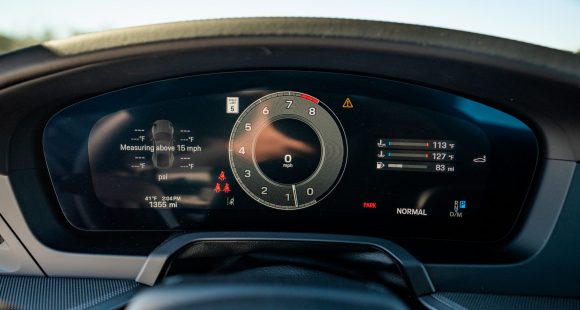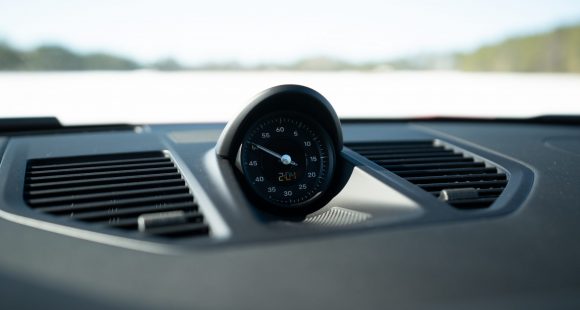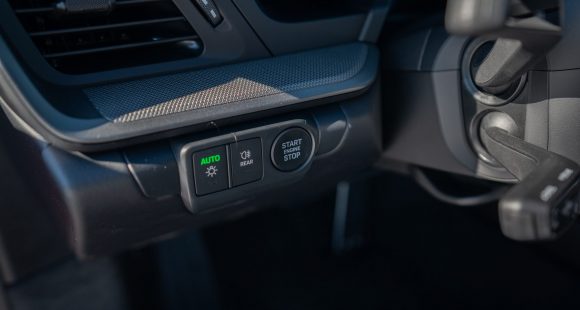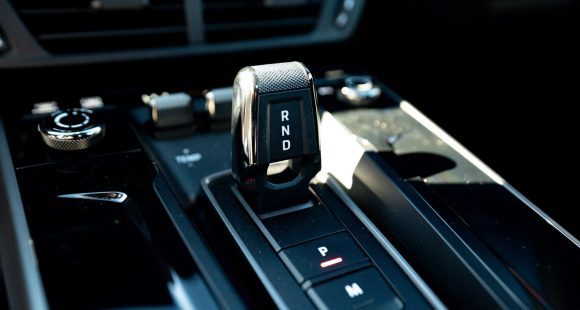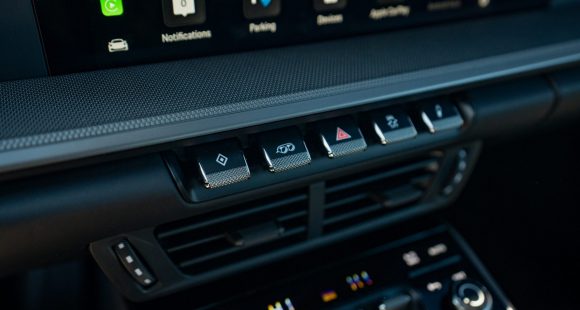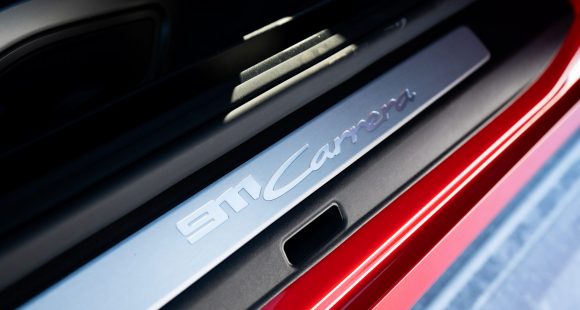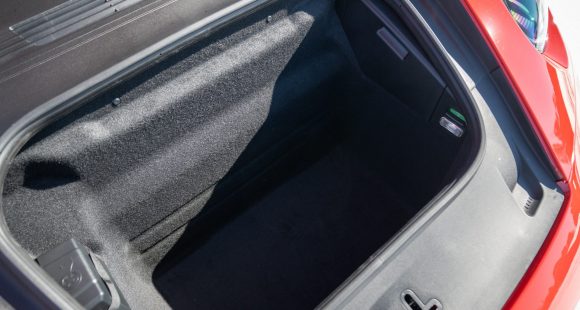2015 Honda Fit
Honda’s American heritage of selling small, roomy, fuel efficient cars, that last for almost forever, is well known. Right from the first civic forty years ago, Honda’s subcompact and compact cars have always provided more in less. But, today, it’s the Honda Fit that carries the banner of maximizing everything but its shadow. And, while the all-new 3rd generation has changed a lot, it’s more “fit” than ever.
We’ve always considered the Honda fit to be a small car that thought outside the traditional subcompact box. Its five-door shell surrounds an unusually airy interior that has proven to be as versatile as a small utility. Plus, driving the fit was not only economical but fun. An attribute most rivals lack.
Well, that formula is more than intact with the all-new third generation fit. In fact we’ll say the 2015 fit actually expands on itself.
 That “moreness” starts with additional power. There’s still a 1.5-liter i4 in place, but it’s a new direct injected mill with 130 horsepower, 13 more than before. Torque is cranked up 8 to 114 lb-ft. It joins the Honda “earth dreams” lineup with updated transmissions. The standard manual is now a 6-speed and the automatic is now a CVT.
That “moreness” starts with additional power. There’s still a 1.5-liter i4 in place, but it’s a new direct injected mill with 130 horsepower, 13 more than before. Torque is cranked up 8 to 114 lb-ft. It joins the Honda “earth dreams” lineup with updated transmissions. The standard manual is now a 6-speed and the automatic is now a CVT.
That dream is realized in better fuel economy at 33-city, 41-highway, and 36–combined for the CVT, tops for its interior size.
This hatchback’s exterior theme remains the same, but the shape has been hit heavily with a buffer. It’s smoother with more sculpting to the up-sweeping bodysides, giving an overall sleeker, more dynamic look.
As for its shadow, there’s more wheelbase and width, but overall length is actually less by an inch and a half. The rear now sports a thick, full width chrome strip connecting the led tail lights; with red reflectors up both sides of the back glass to a hatch-top spoiler. A very aggressive looking rear bumper lies below. Standard, are 15-inch wheels; ex riding on 16s.
While that’s unchanged, the fit’s “more fun-to-drive than it should be” quotient actually grows. The unibody adds rigidity, and while the basic front strut and rear trailing arm suspension design remains, it has been totally reworked with updated components and geometry. Along with more precise handling, ride comfort also takes a turn for the better.
 Honda claims a big improvement in overall driving refinement. And, after our initial drive at Honda’s press launch in San Diego, California, we concur. Except for maybe the new CVT transmission. Unlike the CVT in the accord, which operates pretty quietly, in the fit is just makes for a lot “more” noise as you move up to speed.
Honda claims a big improvement in overall driving refinement. And, after our initial drive at Honda’s press launch in San Diego, California, we concur. Except for maybe the new CVT transmission. Unlike the CVT in the accord, which operates pretty quietly, in the fit is just makes for a lot “more” noise as you move up to speed.
On the other hand, we found the 6-speed manual a great improvement, with short throws and a sporty feel.
But, the biggest uptick in the new fit is the additional interior room. While you do get a sense of it up front, it’s really apparent in the rear. A 1.2-inch gain in wheelbase expands to over 4-inches more leg room, with additional headroom. You have to sit in it to believe it.
The fit’s signature, multi-folding magic seat remains. It has always been one of our favorite fit features, allowing for some unique storage and seating options.
But, something had to give. The added legroom does cut cargo space by 20% to 16.6 cubic feet when all seats are filled. Still, seats flat, fit’s max cargo room of 52.7 is hard to beat with anything that’s not a crossover.
A 3-dial gauge setup carries over, but the center speedometer is larger and all information is presented more clearly.
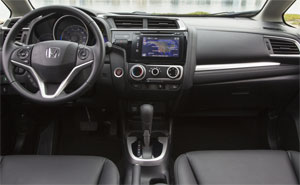 Though the interior presentation is still monochromatic and not overly inviting, there’s plenty more when it comes to standard features, with a multi-view back-up camera and bluetooth included. And definitely more luxury and safety options with lane watch, 7-inch display audio and push-button start all available. You can even get your new fit with leather!
Though the interior presentation is still monochromatic and not overly inviting, there’s plenty more when it comes to standard features, with a multi-view back-up camera and bluetooth included. And definitely more luxury and safety options with lane watch, 7-inch display audio and push-button start all available. You can even get your new fit with leather!
Hondalink allows for even more smart-phone integration, and you do it more seamlessly. Iphone users can even talk to Siri. But we’ll need a little more time with it to see how much better it truly is. As before, analog controls are large, logically placed, and easy to use.
Much was publicized about the previous generation Fit’s “poor” IIHS score due to the new small overlap frontal crash test. Well, Honda took that as seriously as potential buyers and expects this fit’s new ace body structure with additional high strength steel to “ace” that test without a problem.
Honda has made significant investments in the new Fit, bringing assembly to North America at a brand new plant in Mexico. But, even with that expenditure they’ve contained base prices. It’s barely increased to $16,355 for a manual. The top-line EX-L Navi goes for $21,630.
The 2015 Honda Fit is indeed more “fit”, and will truly “fit” into many more lifestyles. It provides great versatility and practicality, along with a surprising splash of fun, and now even more so. And, aside from that loud CVT, the 2015 Honda Fit has the “fit”ting formula for even more success.
Specifications
- Engine: 1.5-liter
- Horsepower: 130
- Torque: 114 lb-ft.
- EPA: 33 mpg city/ 41 mpg highway
2025 Subaru WRX tS
Subaru’s “World Rally eXperimental” Gets Tecnica-Tuned Tech
Building on its global rally heritage, WRX has been a standalone Subaru nameplate, marketed separately from garden variety Impreza, for two generations now. And while the current WRX still lacks the full STI treatment, this WRX tS serves up some of that high-performance spice we’ve been longing for.
Before we go flat out into our Track Test of this 2025 Subaru WRX tS, lets open the Subaru dictionary so we’re all on the same page. “tS” stands for “tuned by STI;” and “STI” is an acronym for “Subaru Tecnica International,” the brand’s high-performance sub-group best known for upgrading the WRX— oh, that stands for “World Rally eXperimental,” in case you didn’t know.
All that said, STI has been largely dormant for this WRX generation, but this tS sprinkles more of their engineering magic into the mix. No, that doesn’t mean extra power, but does mean significant chassis-related improvements.
First, electronically controlled dampers, adjustable through the 11.6-inch tablet-style infotainment screen. That meant a softer “comfort” mode on the 10+ hour commute to and from Savannah’s Roebling Road Raceway. But once we were there, it was the firmer “Sport+” setting all the way, heightening response from the WRX’s throttle and already quick dual-pinion power steering system. There’s still some body roll for rally-esque weight transfer, but it’s well sorted and provides the “toss-ability” you want in a WRX.
Though if you do autocross your tS, which we implore you to do, you might feel the six-piston front, two-piston rear Brembo brakes first. The bite is strong, giving good rotation in the corners and plenty of “halt” for this 3,400 lb. compact with minimal fade, keeping us on track all week…until some unfortunate winter weather passed overhead. No worries here, as Subaru’s Symmetrical All-Wheel-Drive system got us to the track for some powdered deserts: Frosted donuts served up Michelin style, a set of winter tires different from the grippy Bridgestone Potenza S007 rubber the tS typically rides on. Some prior hot laps of California’s Sonoma Raceway gave credence to those Bridgestones, and showed us what this hot-compact can do in ideal conditions.
It’s well sorted and provides the “toss-ability” you want in a WRX.
Other tS enhancements are cabin-based, namely these beautiful blue Recaros. Most of our staff appreciated their moderately-aggressive bolstering on both street and track. And they’re even heated, too. Another tS-only appointment is this 12.3-inch digital gauge display. It mimics the standard analog gauges with some additional info, but can switch to a navigation mode for more convenient route guidance.
We do wish our tS came in the new Galaxy Purple or the trademark World Rally Blue, but this Crystal White paint wasn’t too shabby, contrasting its Cherry Blossom Red badging and blacked-out lip spoiler. Otherwise, the tS is like any other WRX, down to the hood scoop funneling air to the top-mounted intercooler.
Underneath is the same turbocharged 2.4-liter flat-four in all other trims, boxing at 271 horsepower and 258 lb-ft of torque. The freak winter weather stopped straight-line testing, but a 0-60 time estimate of 5.5 seconds is about as spry as you realistically need, pulling strong through most of the tach; though the 6,000 RPM redline required attentive shifting of the six-speed box, which the tS comes exclusively with. The throws are precise, if a little long, and the clutch is wonderfully weighted.
With discontinuation of the Base trim, pricing for the WRX now starts with Premium at $36,920. The tS is at the top of the lineup with the automatic-only GT, both starting at $46,875. All WRXs continue to be made in Gunma, Japan.
If you’re an enthusiast itching to do the tuning yourself, perhaps the 2025 Subaru WRX tS is not for you. But if you want a plug-and-play experience, this is it. While it won’t exactly bestow the loose-cannon, top-level driving skills exhibited by famous WRC drivers upon you, the tS moves this WRX’s game in a direction we’ve so desperately wanted Subaru to take.
Specifications
As Tested
- Engine: 2.4-liter flat-four
- Tranmission: 6-speed manual
- Horsepower: 271
- Torque: 258 lb-ft
2025 Porsche 911 Carrera
Ever Evolving 911 Reaches New Heights
The Porsche 911 has existed for 60 years now! Amazing! And, you could argue that major changes over all those years have been relatively few, as constant incremental improvement is more the way that Porsche does business. With that in mind, let’s hit the track in the latest 911 and see what constant improvement means for 2025.
We’ve driven so many 911s here at MotorWeek, each seemingly more special than the last, so it’s a bit refreshing to be ripping around Savannah’s Roebling Road Raceway in a 2025 Porsche 911 that’s about as close as you can get to base these days. And the fact that it’s just as fun as all those exclusive pieces says a lot about how far the 911 has come. Perhaps it also speaks to how much a base 911 will set you back today as well; more on that later.
For now, we’re just thinking about the next apex, holding steady throttle as we approach, and getting on it way sooner than you’d expect without upsetting anything, as the 911 rockets off the corner thanks to tremendous grip and a PDK trans that finds the perfect gear before we even gave it a thought. Even with very cold track temps, we never struggled for grip or battled any wheelspin coming off of corners. And trying to land it in that perfect spot in braking zones is easy with strong brake performance that was predictable and consistent lap after lap; no wandering, and great feedback too.
Yes, even the standard 911 is near pure perfection on a racetrack. It gives you all the right feedback, stays incredibly flat through corners, makes you always feel totally in control, and again is just plain fun. Unless you’re chasing lap times, there’s really no need to head further up the 911 tree. Though it is worth noting the few upgrades that were on our Carrera did help the situation a little. The 20- and 21-inch Carrera S wheels enabled plenty of grip from the 305 Pirelli P Zero tires, the Sport Chrono Package allows 0-60 sprints of 3.7 seconds, an extended range fuel tank meant we could lap all day without having to fill up, and the fantastic Sport Seats provided great support and better comfort than we remember experiencing in a 911. The Sport Exhaust system didn’t add anything to performance, but made things sound a whole lot better, and the oval silver tips look great too.
We never struggled for grip or battled any wheel spin coming off of corners.
Our track time got cut short thanks to a rare snowstorm in Coastal Georgia, but the white stuff and blue sky made the perfect backdrop for our Guards Red Carrera. Exterior tweaks for what is officially the 992.2 include a reshaped front fascia with improved aerodynamics. All front lighting is now contained within the Matrix Design LED headlight housing. The rear fascia has also been smoothed out, the license plate moved higher, and Porsche 3D block lettering spelled out across the back beneath the active rear spoiler and new decklid grille.
Even without Turbo in the name, the standard 911 engine is indeed a turbo these days, a 3.0-liter flat-six twin-turbo delivering 388 horsepower and 331 lb-ft strictly to the rear wheels in the Carrera Coupe.
Inside the cabin, the 911 continues its slow crawl towards the modern, now including a 12.6-inch fully digital gauge display and a start button located on the left side of the steering wheel, with drive modes easily accessible on the wheel itself. In another no brainer move, Porsche now makes the rear seat a no cost option, so you can choose if you want it or not.
Government Fuel Economy Ratings are 18 City, 25 Highway, and 21 Combined. That’s only slightly worse than average for the Energy Impact Score; 14.2 barrels of annual oil consumption with 7.0 tons of CO2 emissions.
The good news is this 911 had the fewest number of options of any Porsche that we’ve tested in some time, and it was still plenty awesome; the bad news is, a base Porsche 911 Carrera Coupe now starts at $122,095.
But can you really put value on “the force,” this mythical power that Porsche seems to have, that somehow turns average drivers into great ones? It’s useless to resist as far as we’re concerned, as it only gets better with the 2025 Porsche 911 Carrera.
Specifications
As Tested
- Engine: 3.0-liter twin-turbo flat-6
- Transmission: 8-speed PDK
- Horsepower: 388
- Torque: 331 lb-ft







